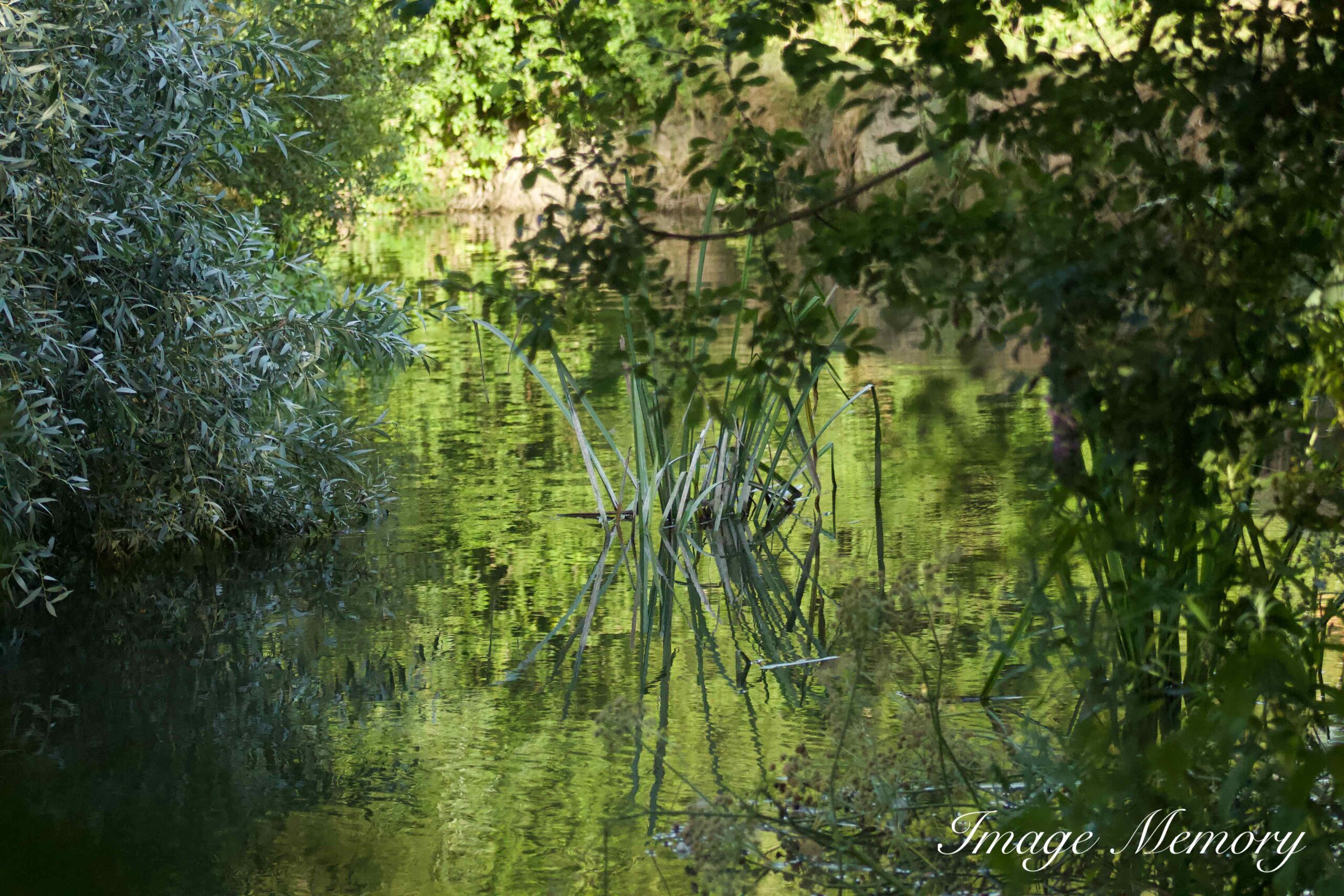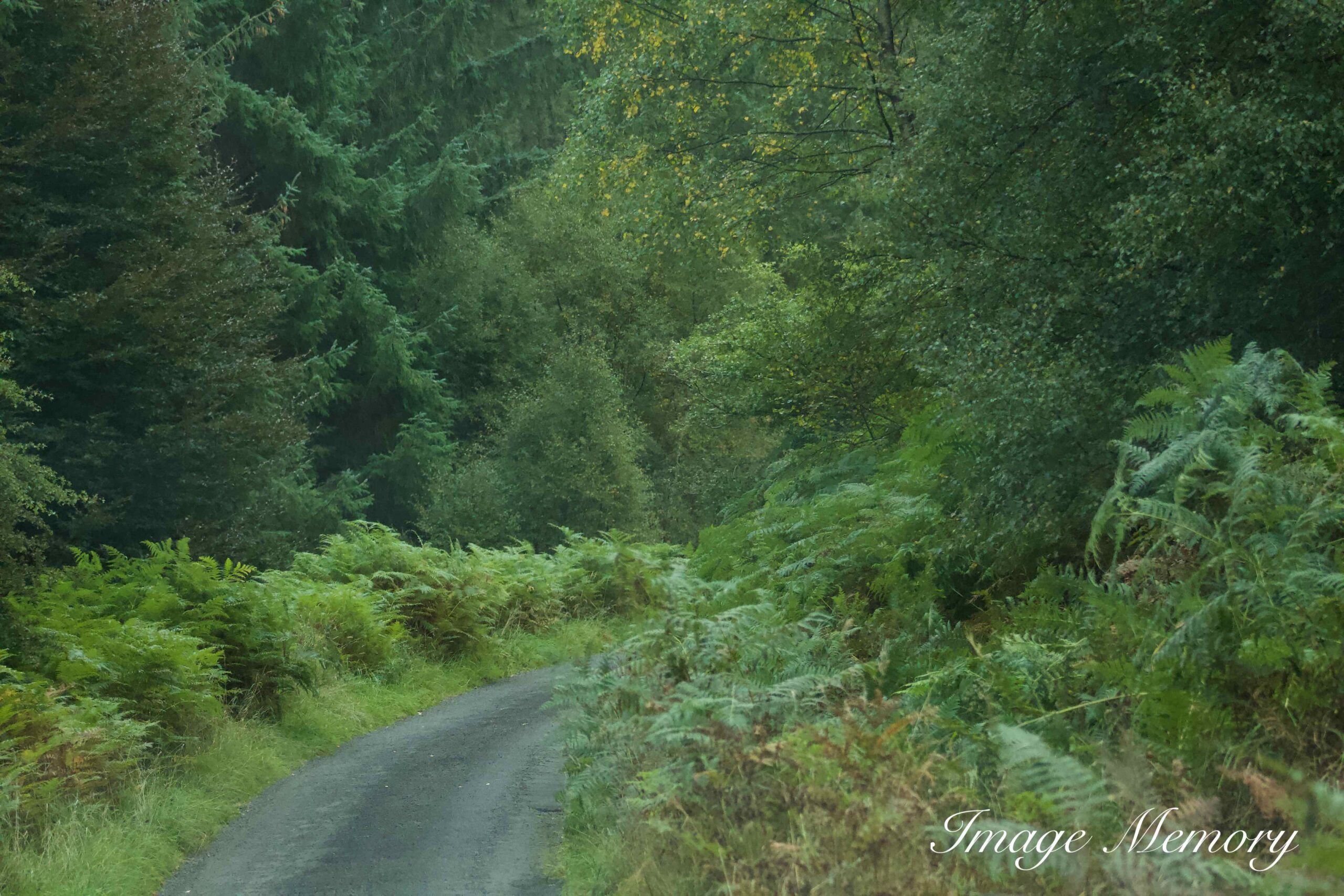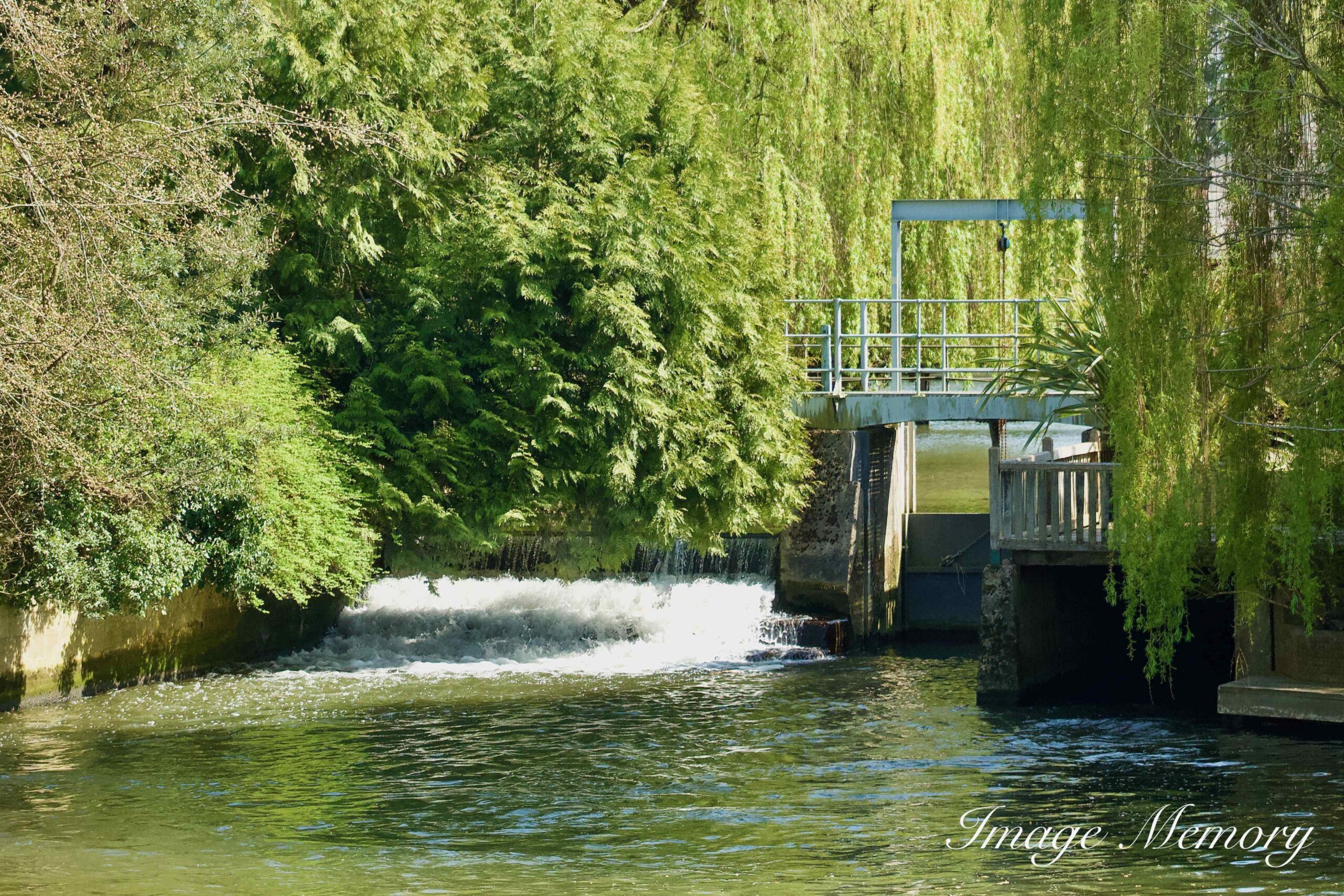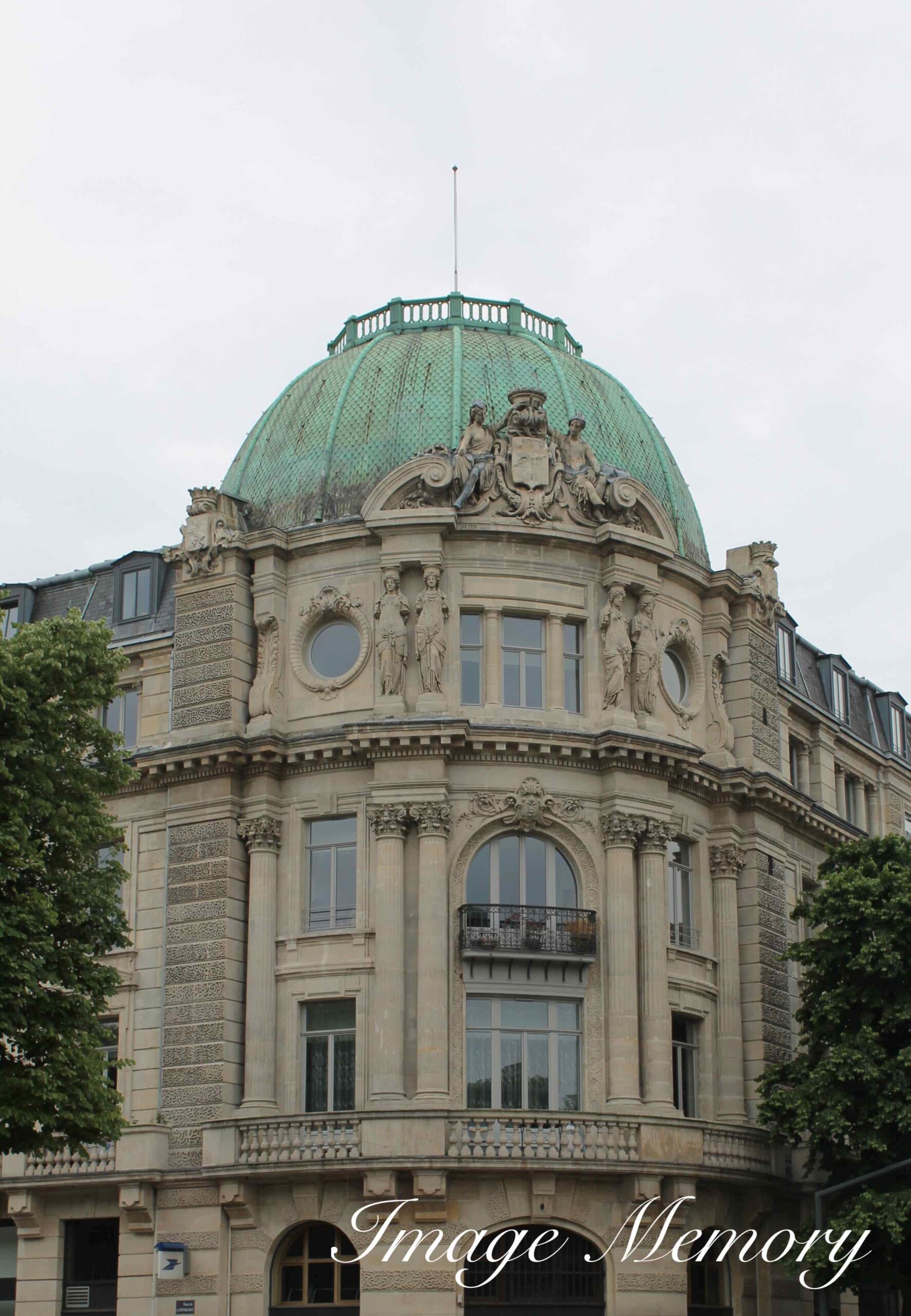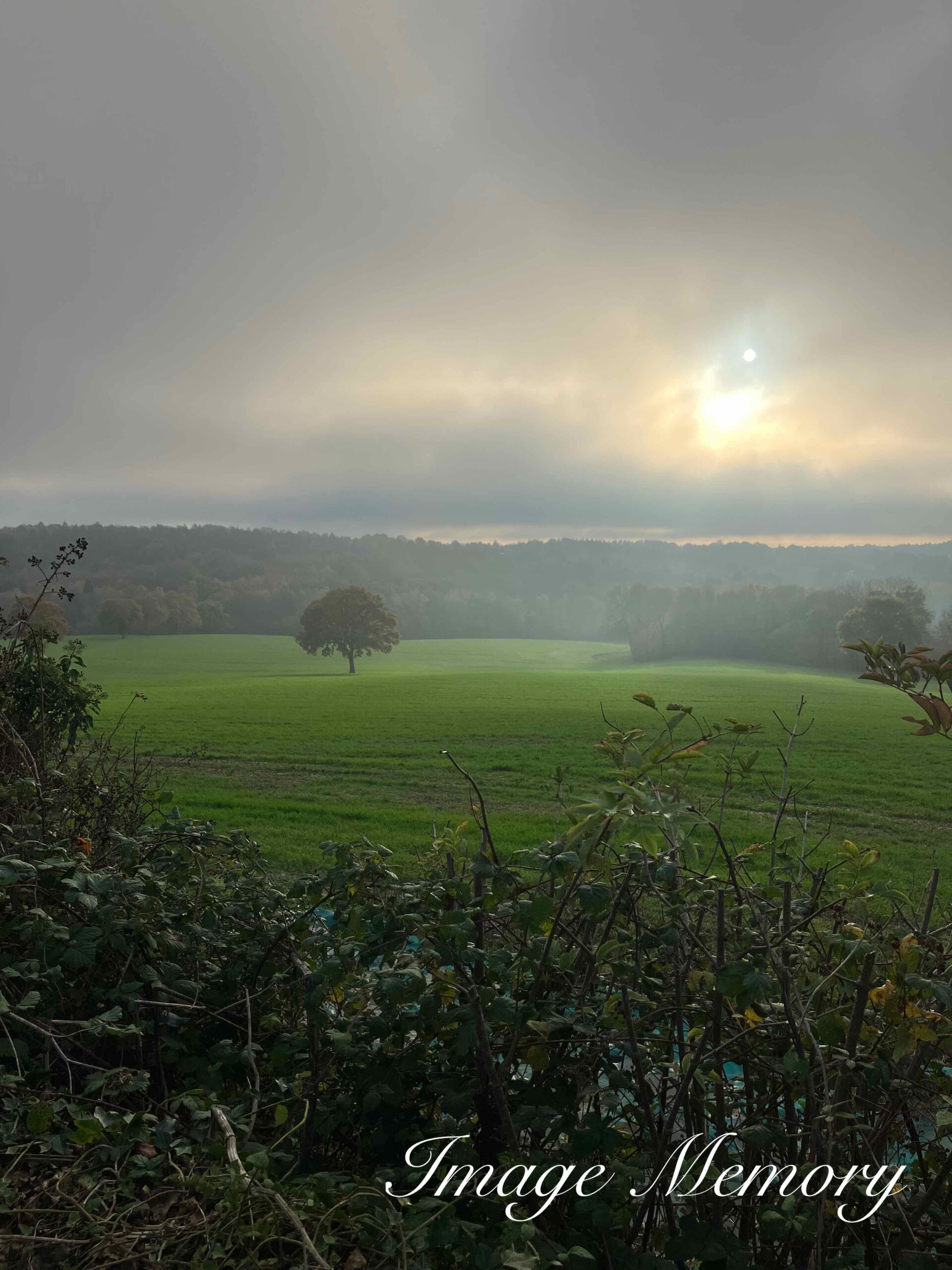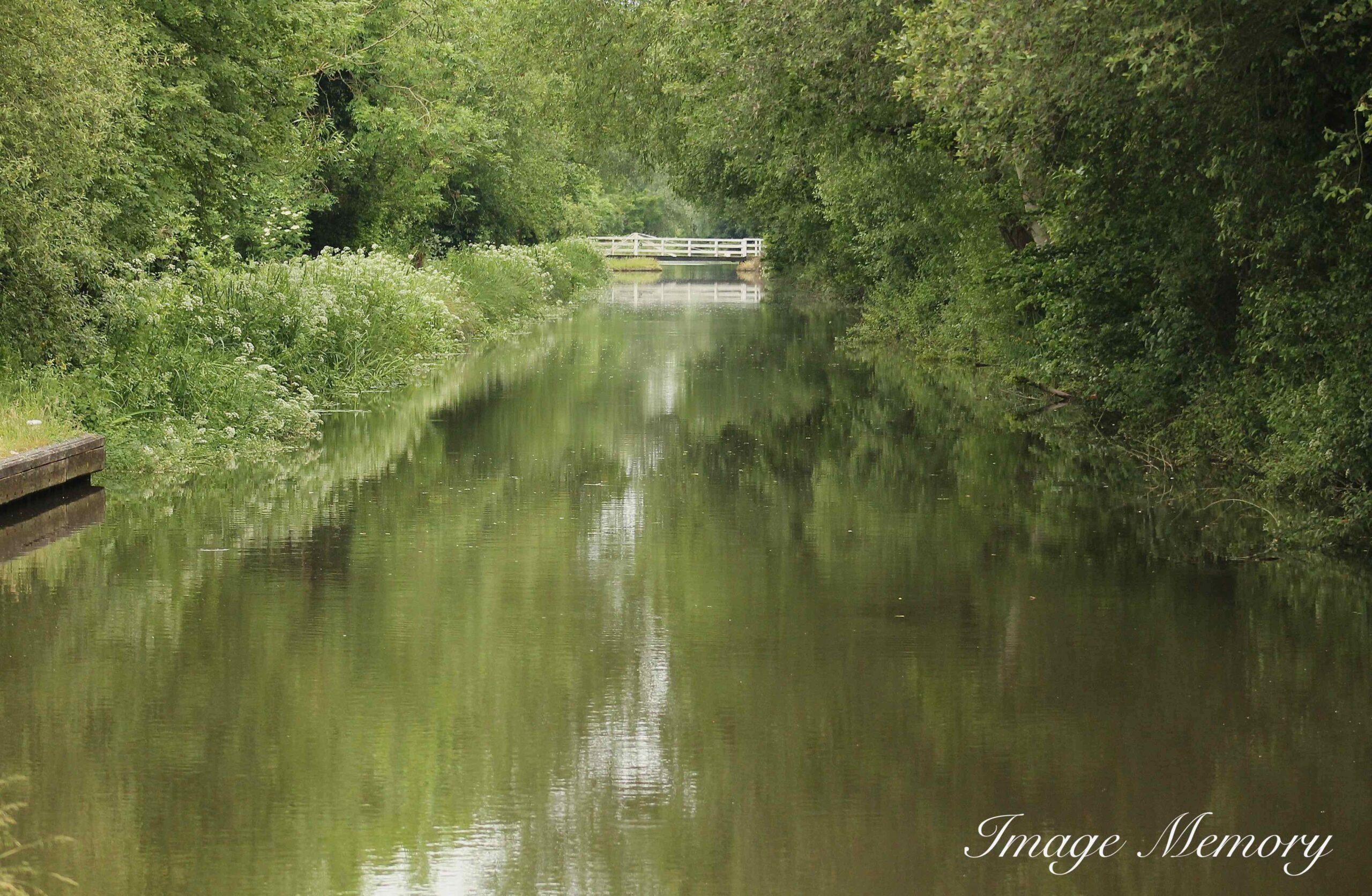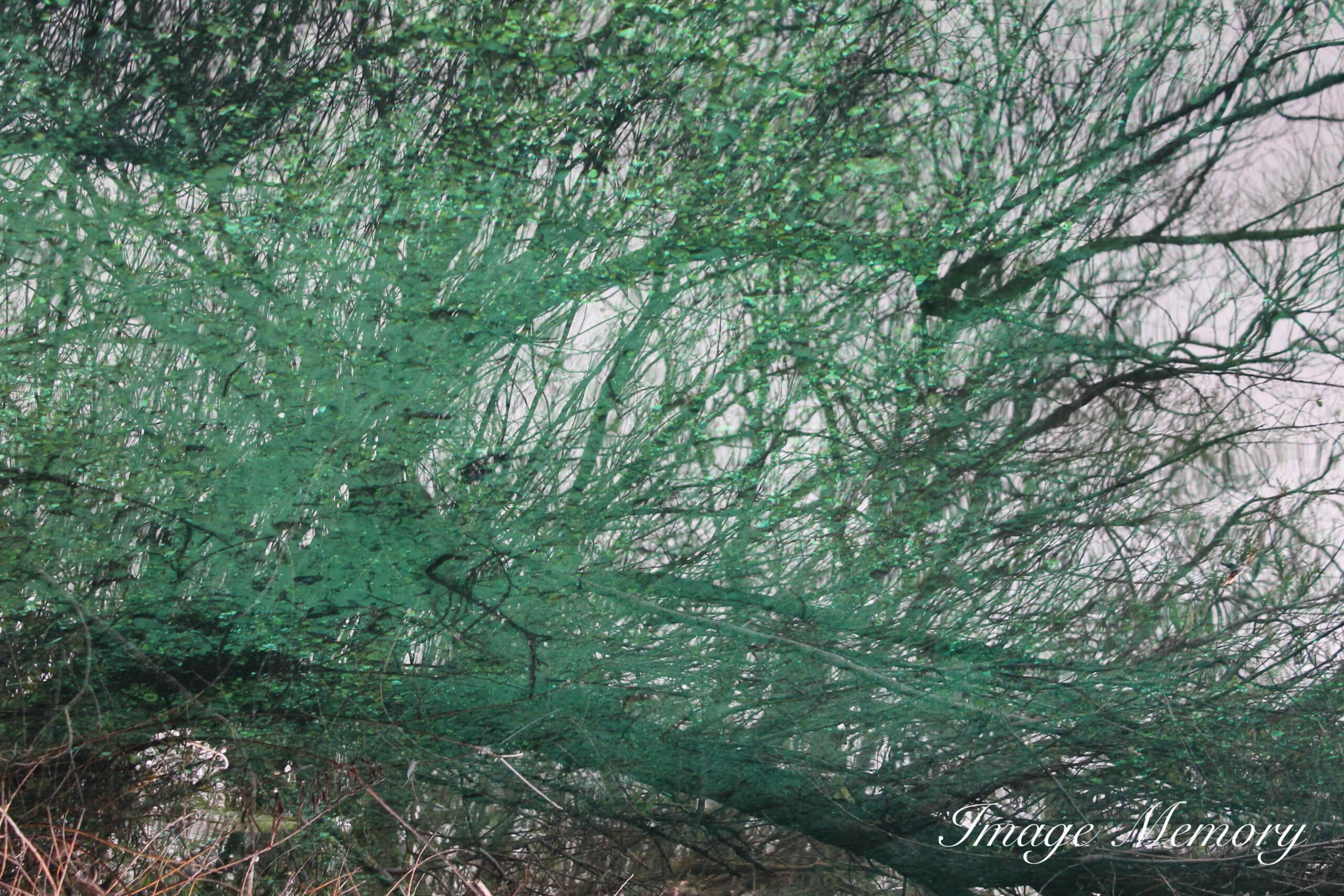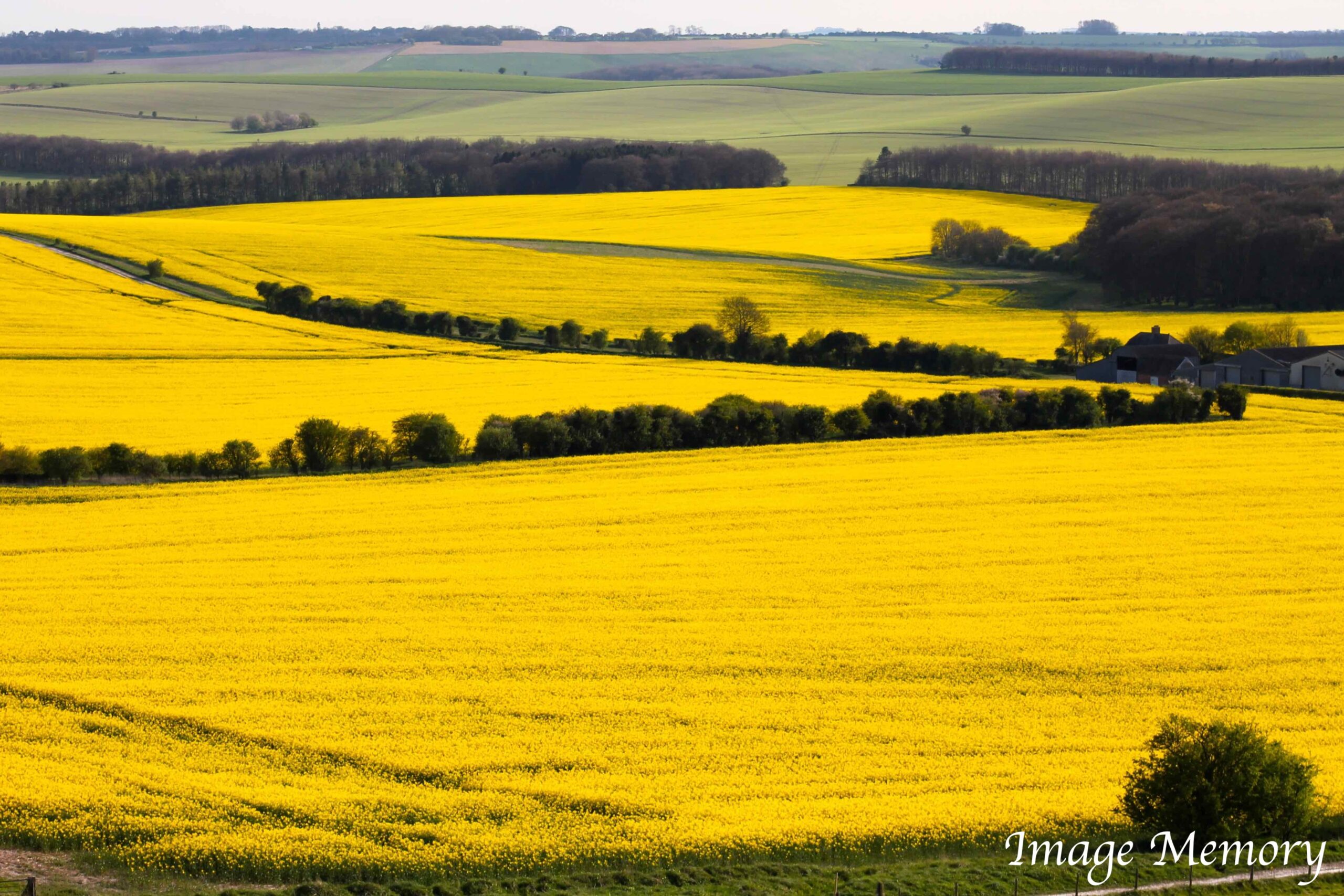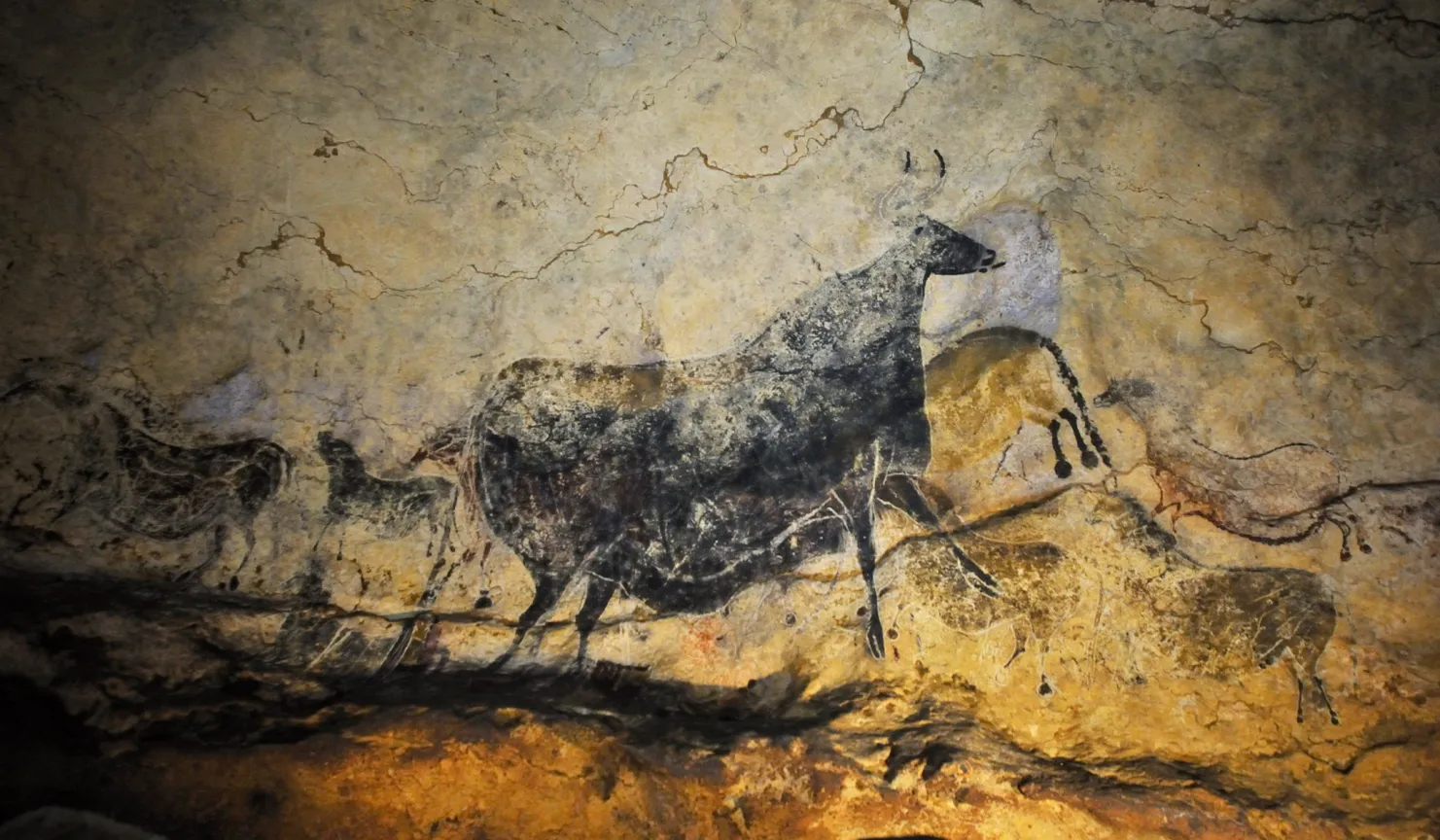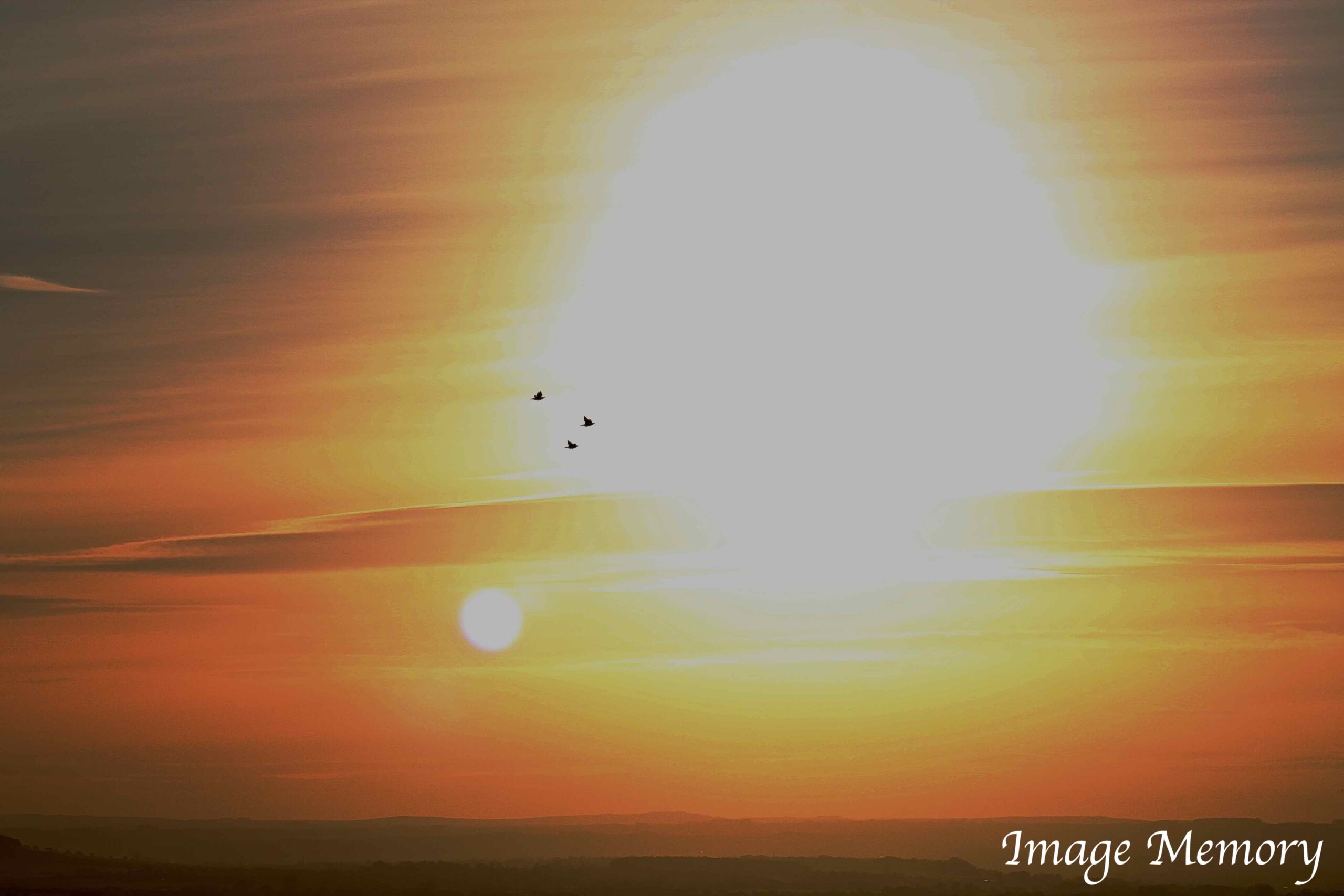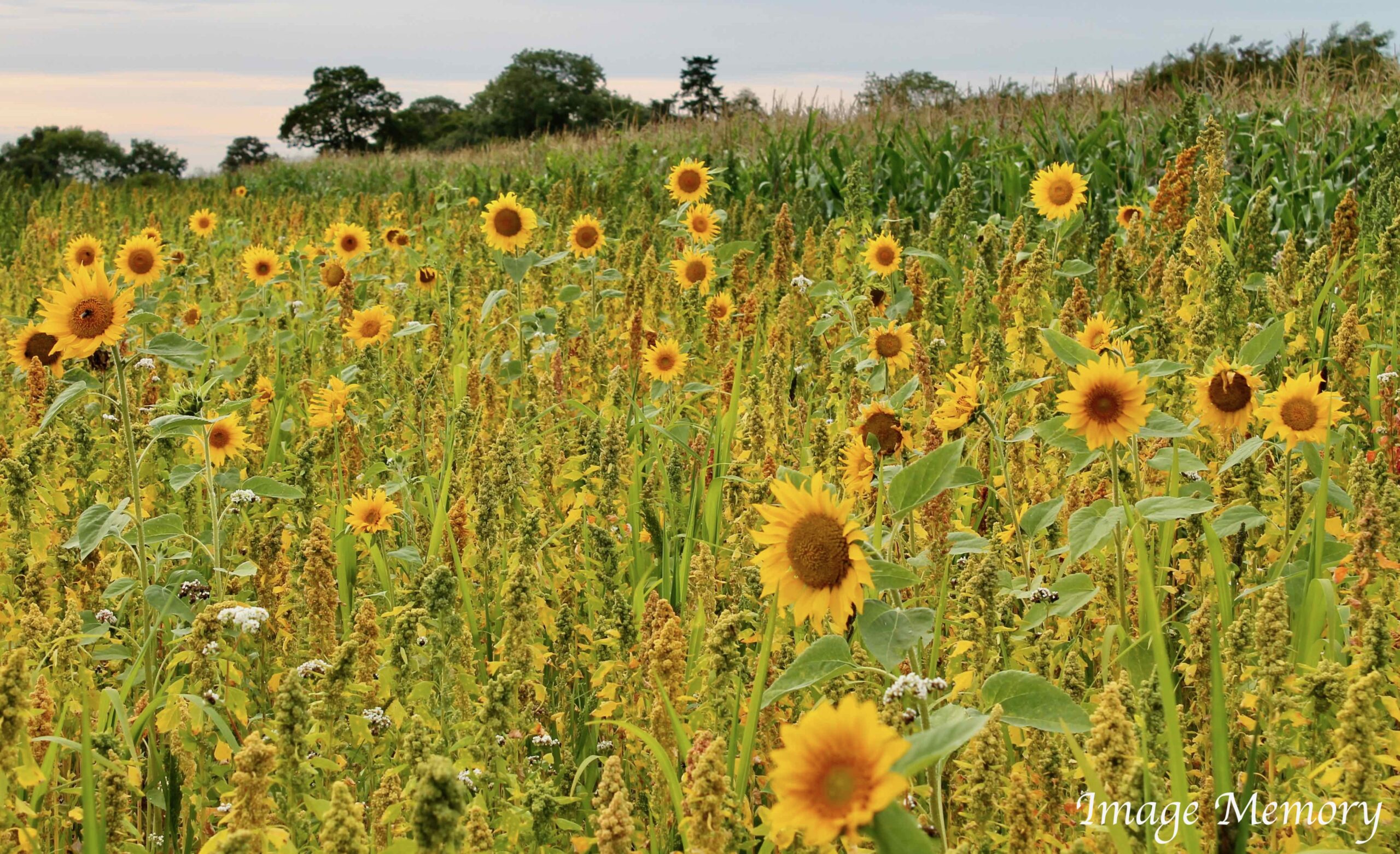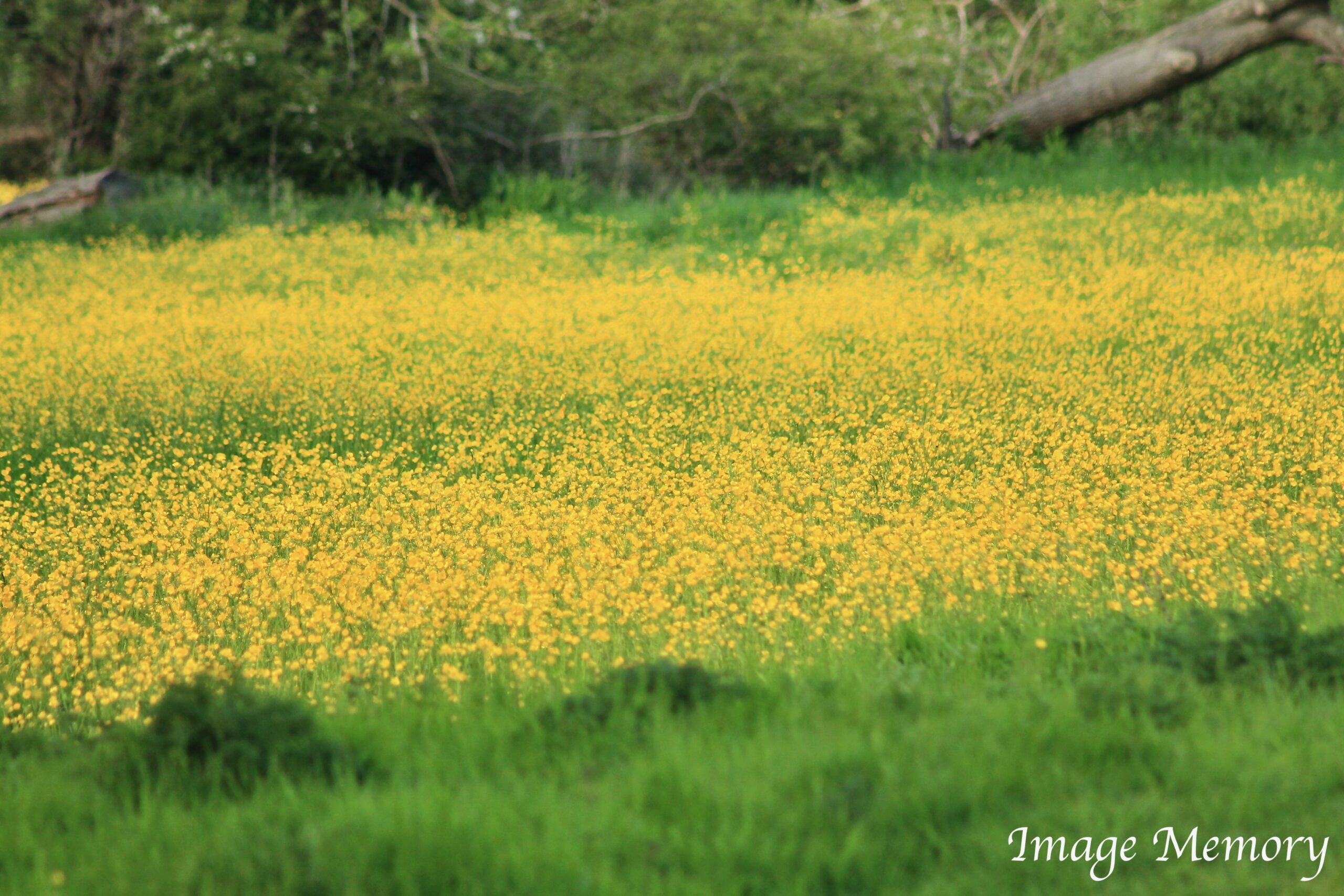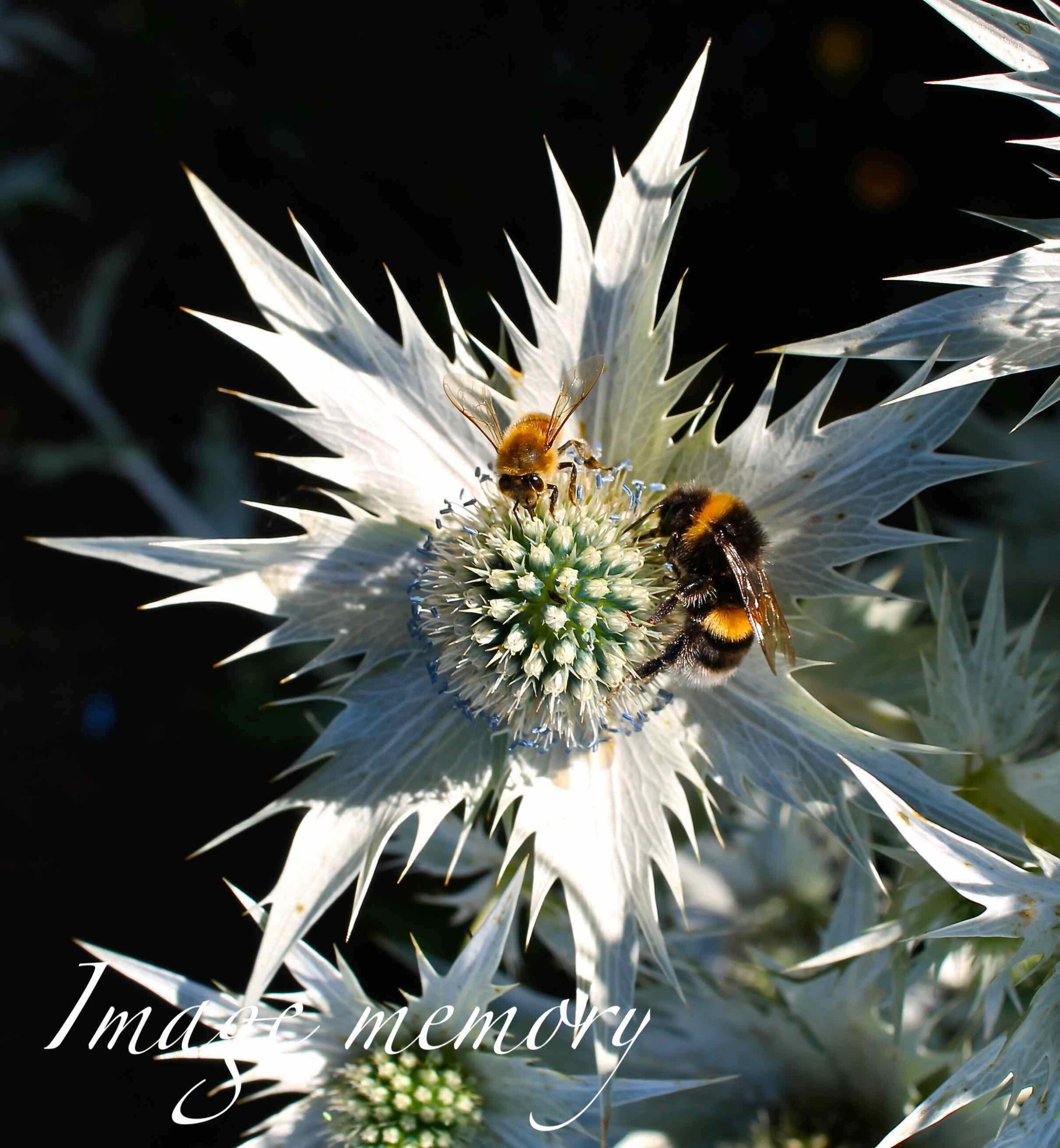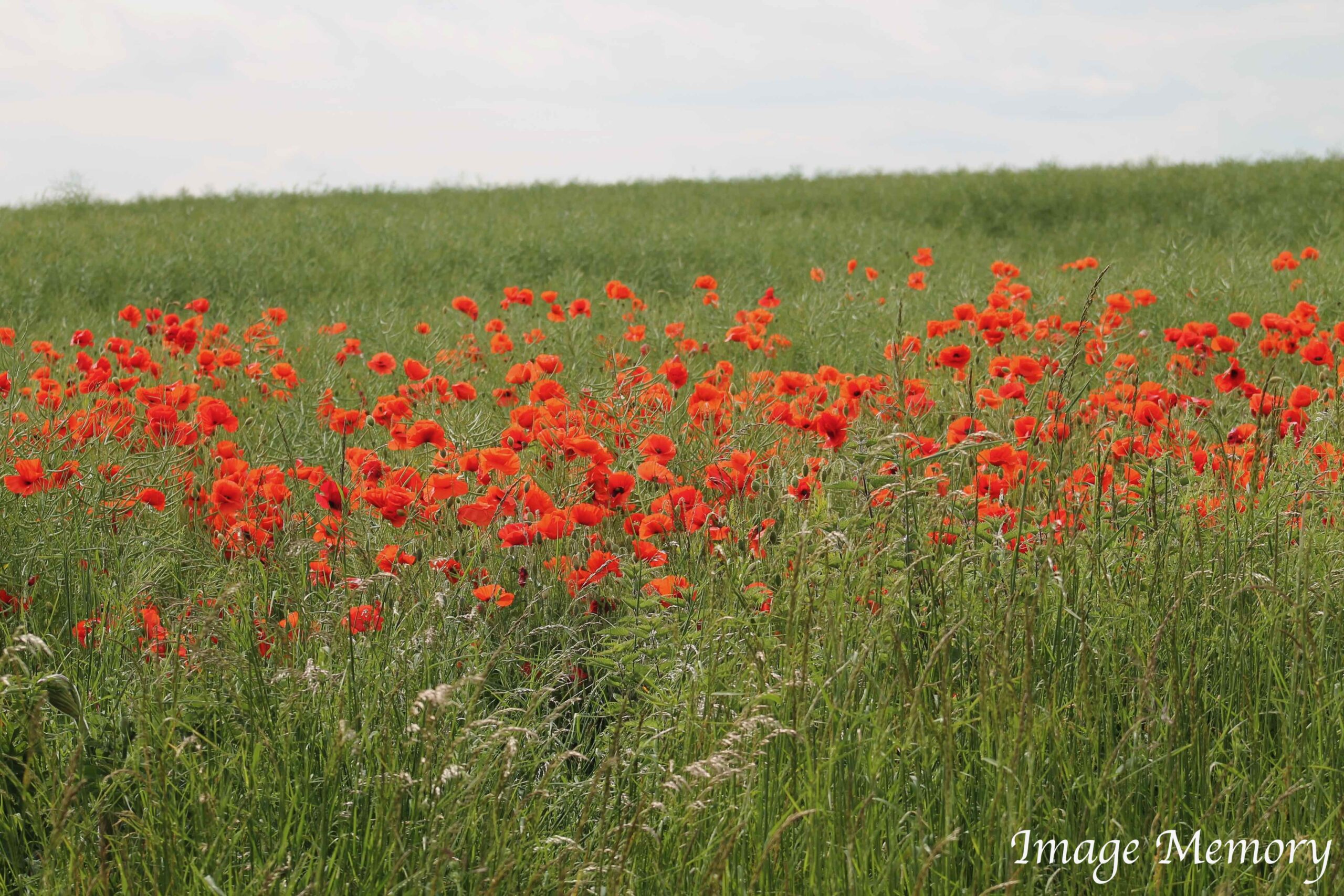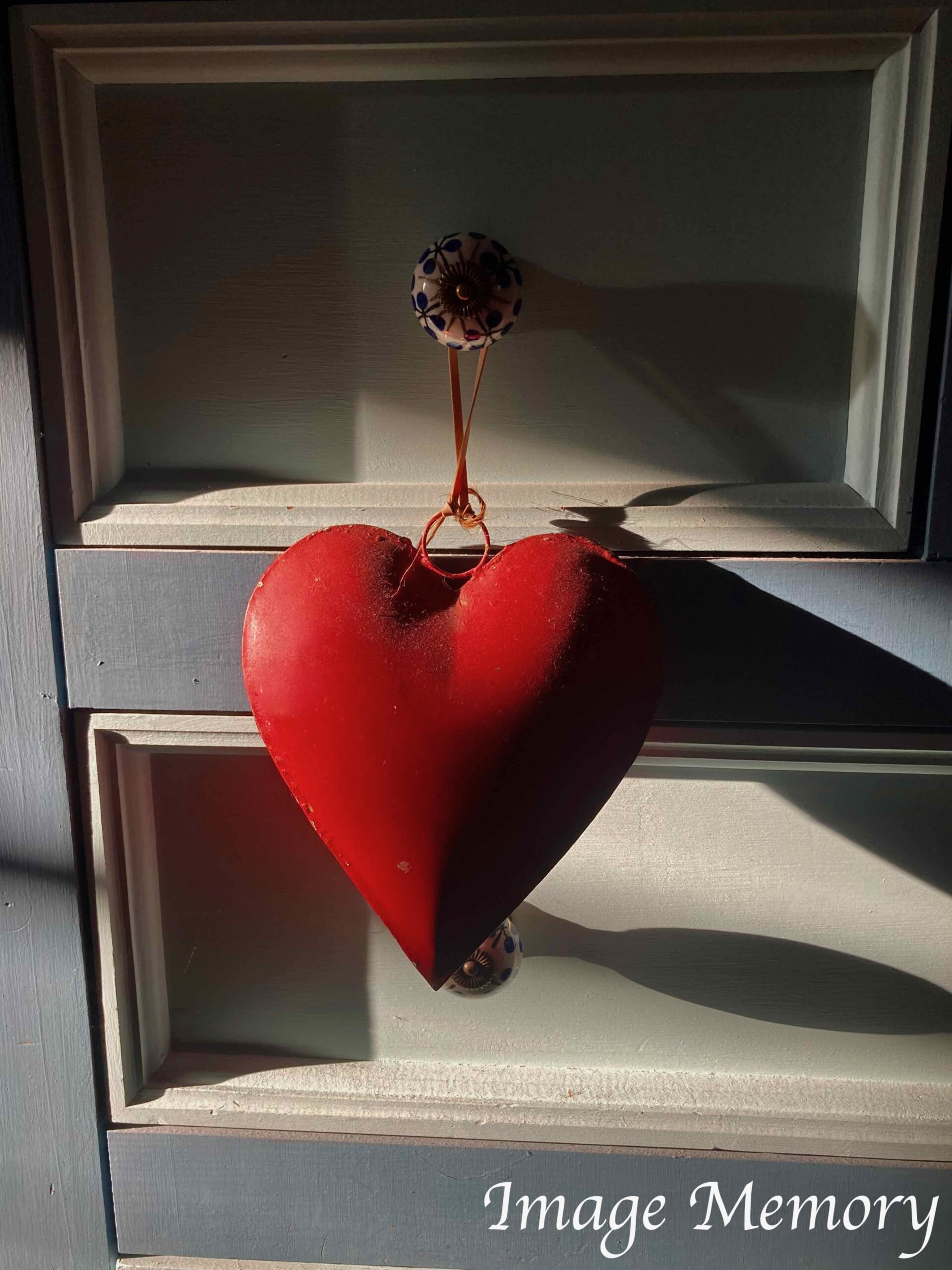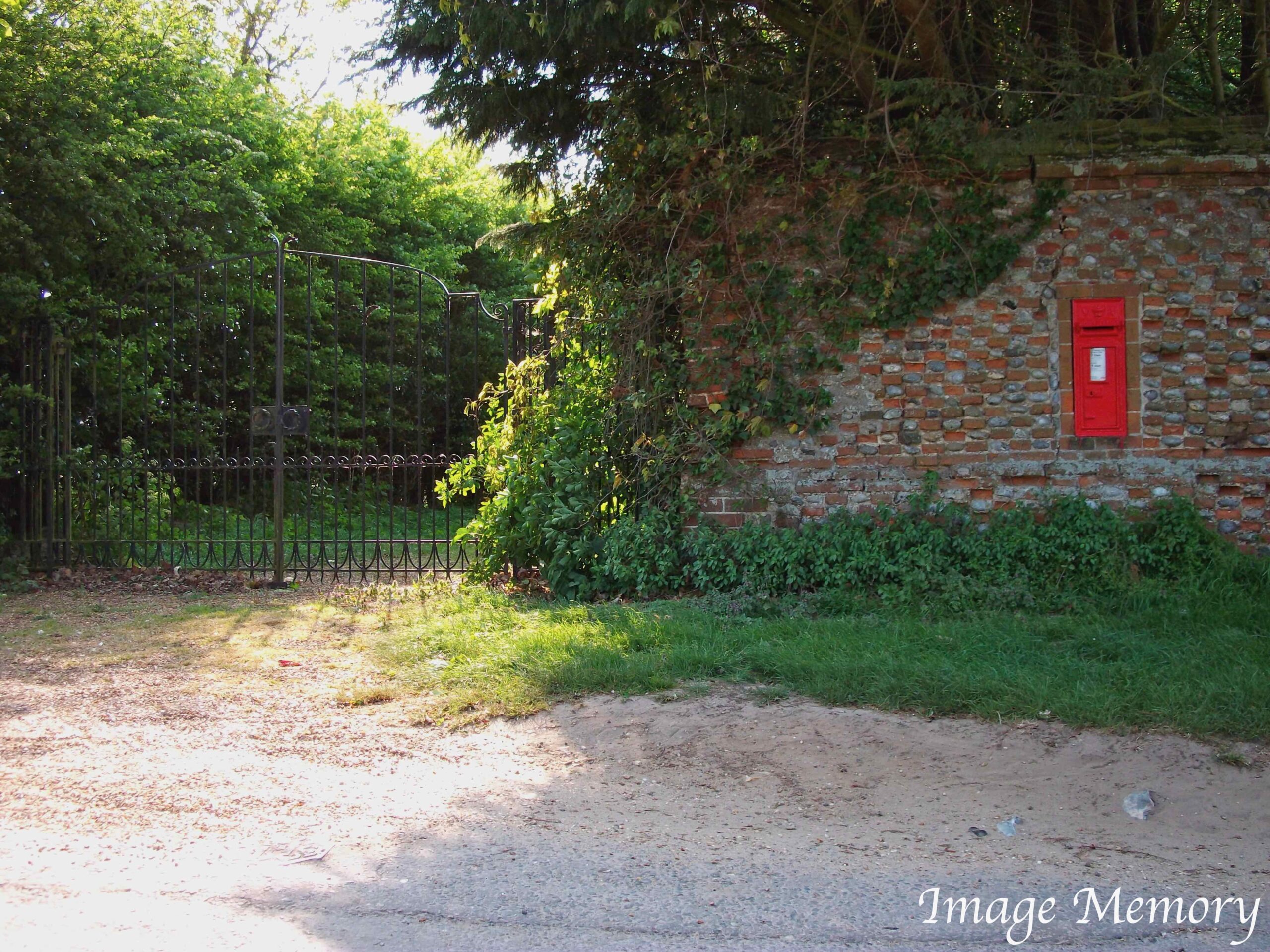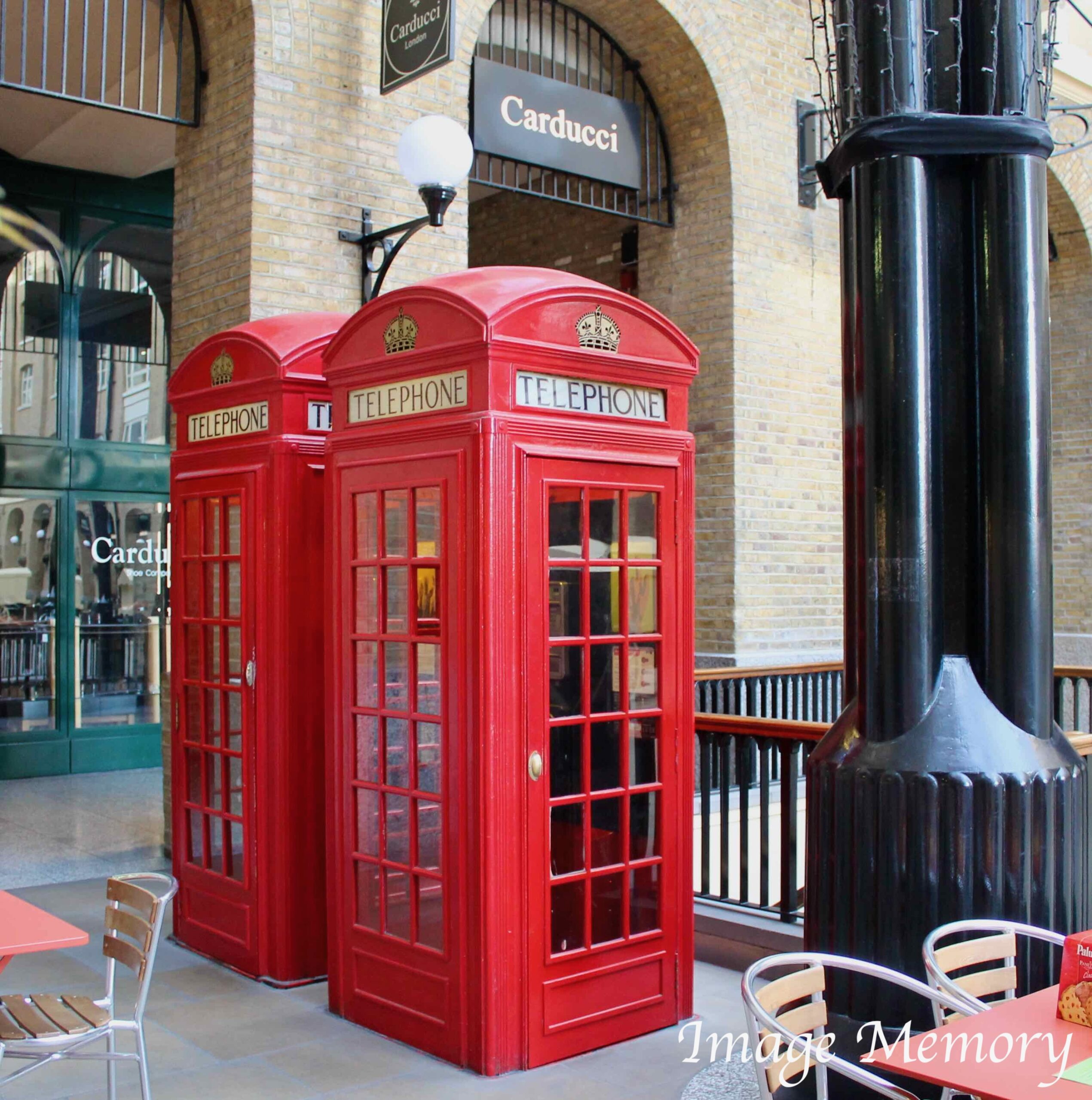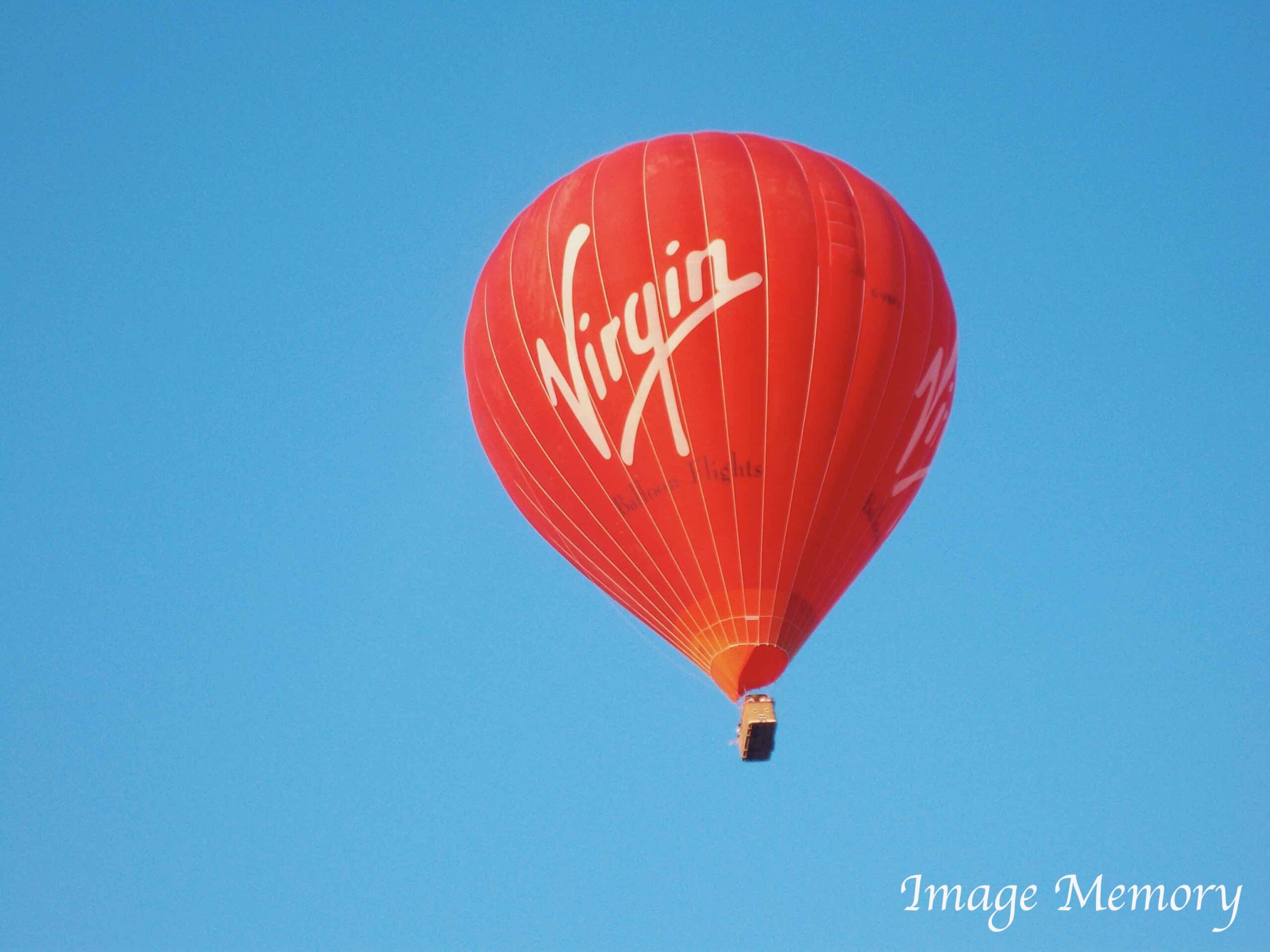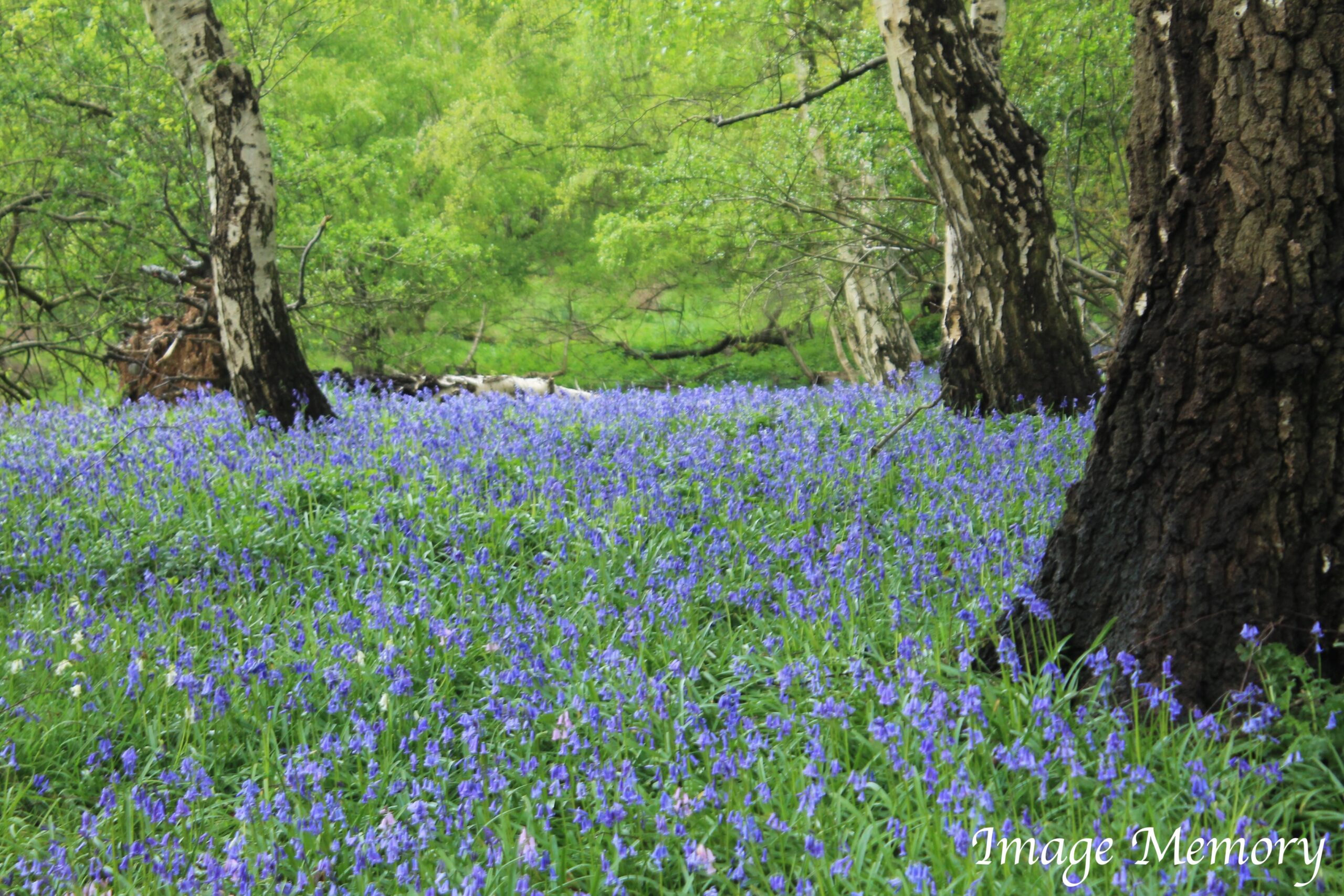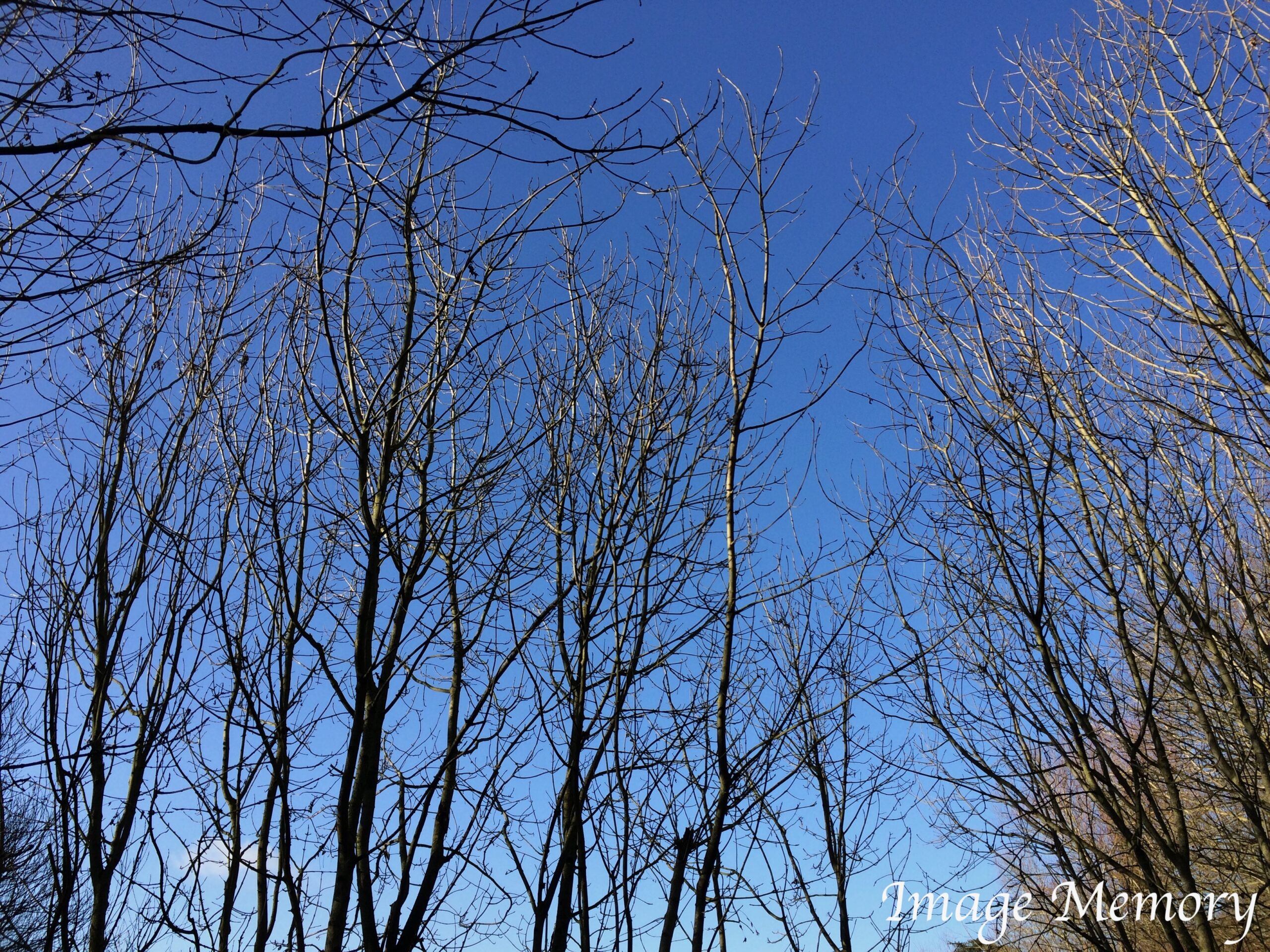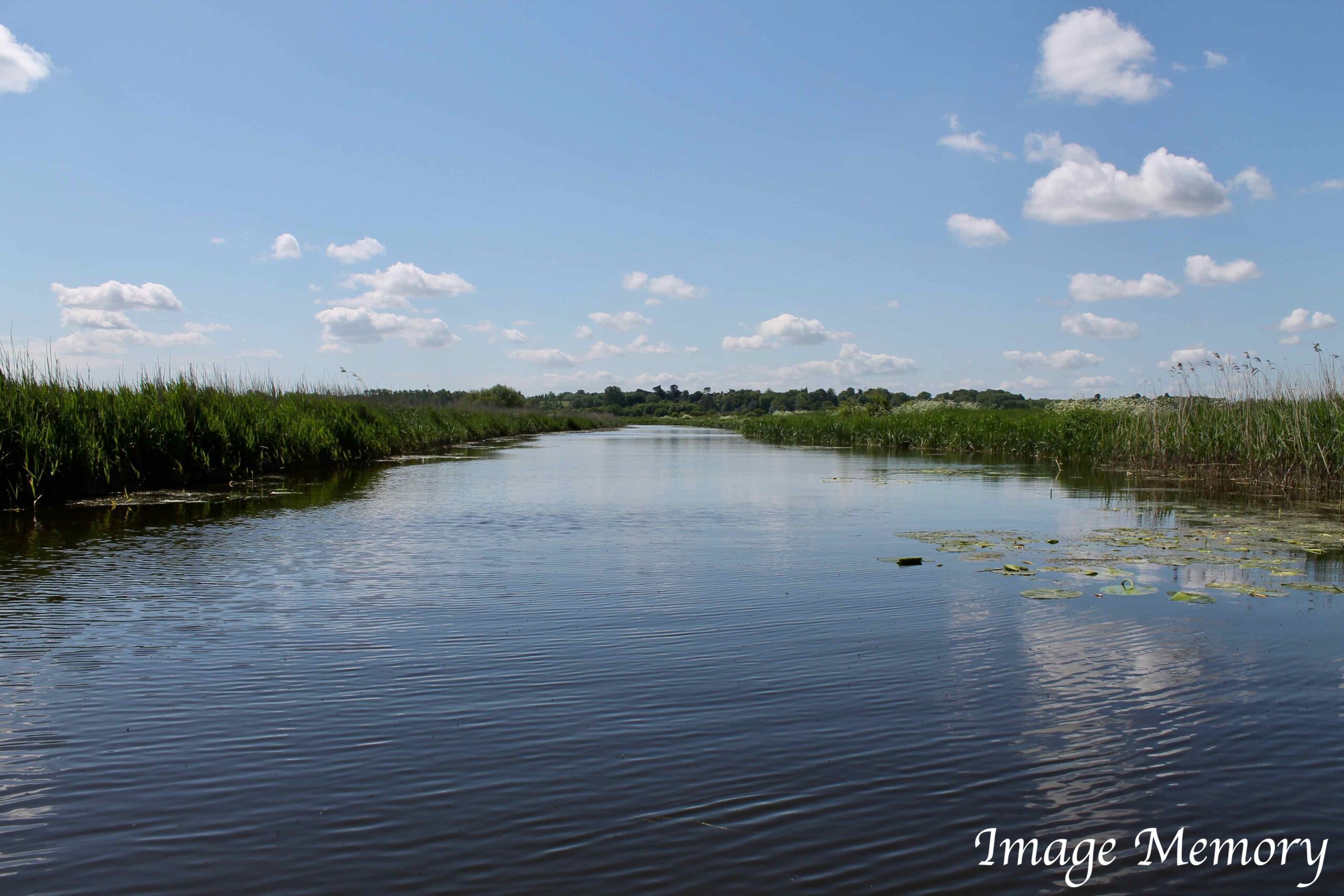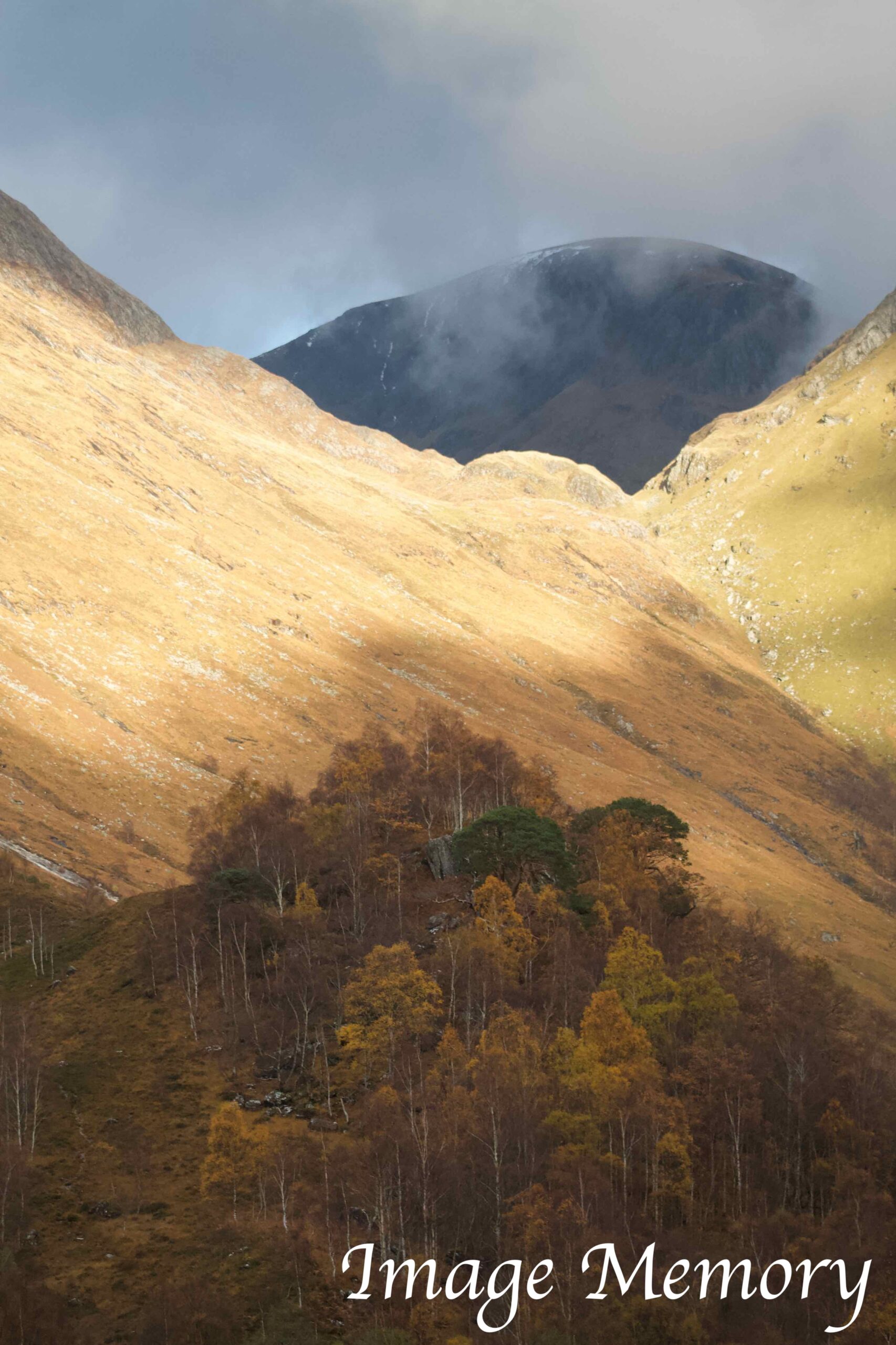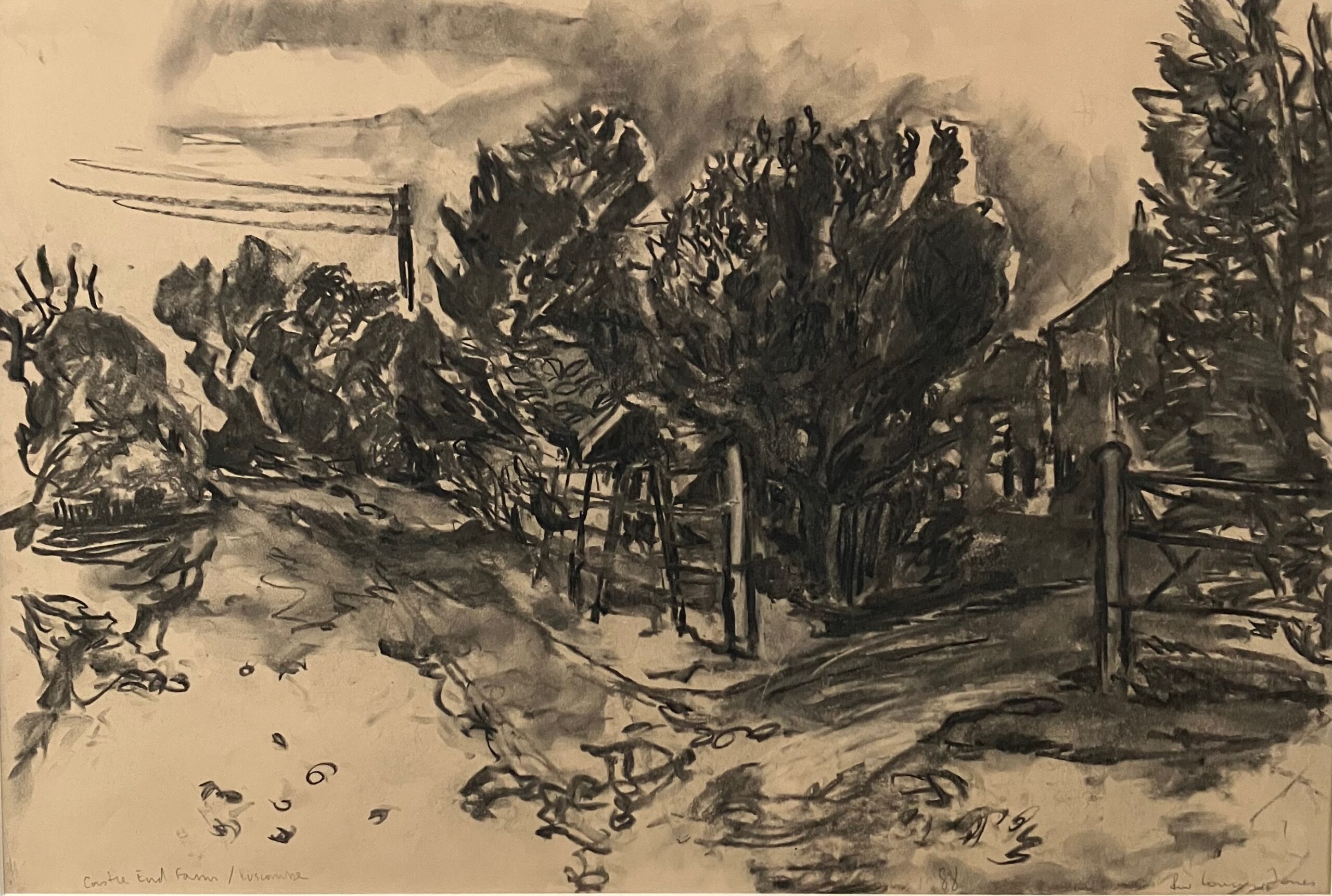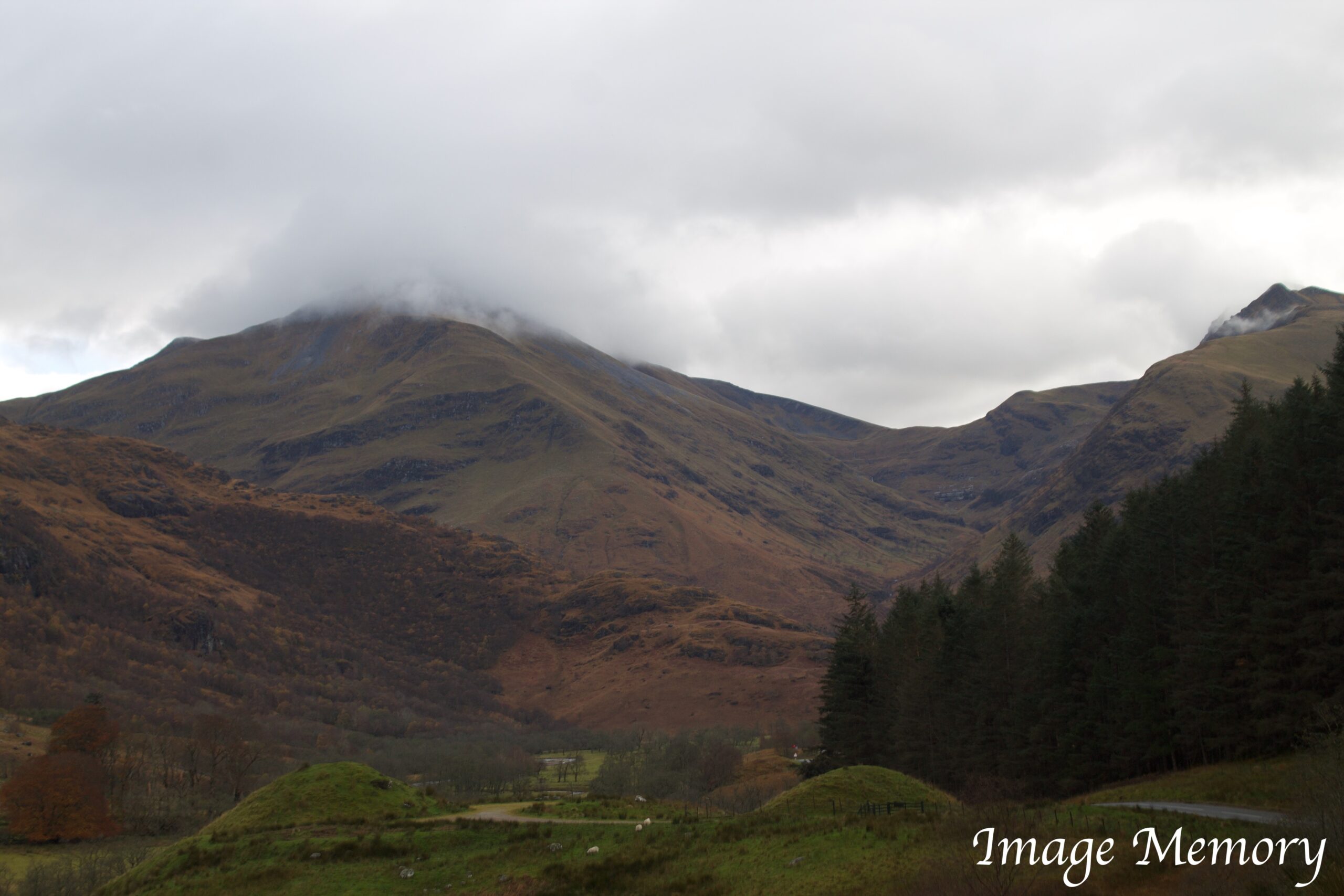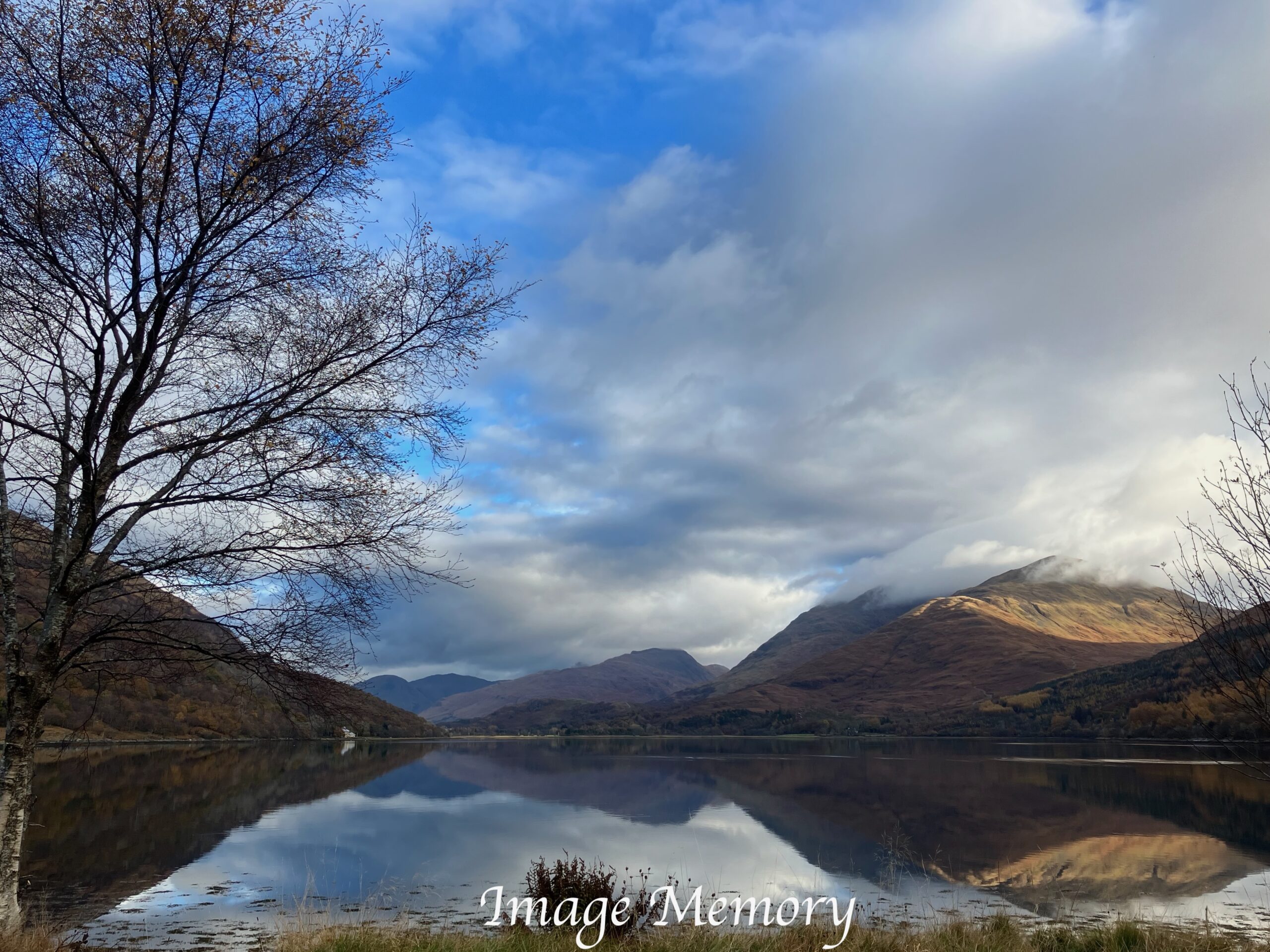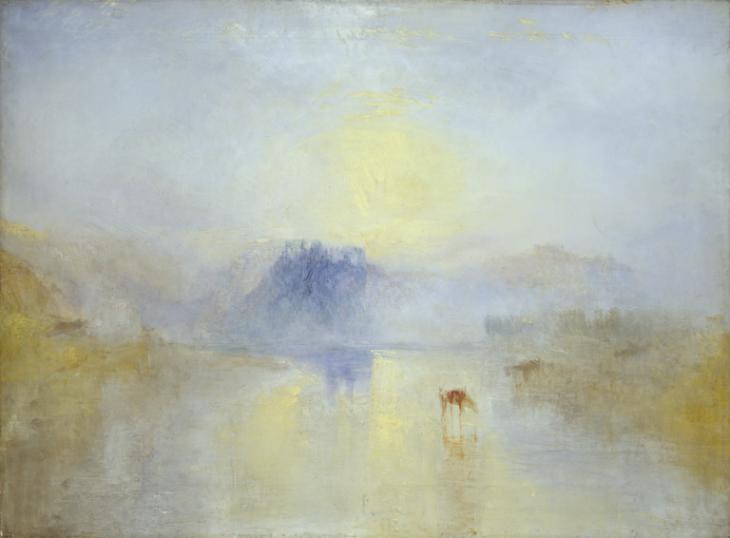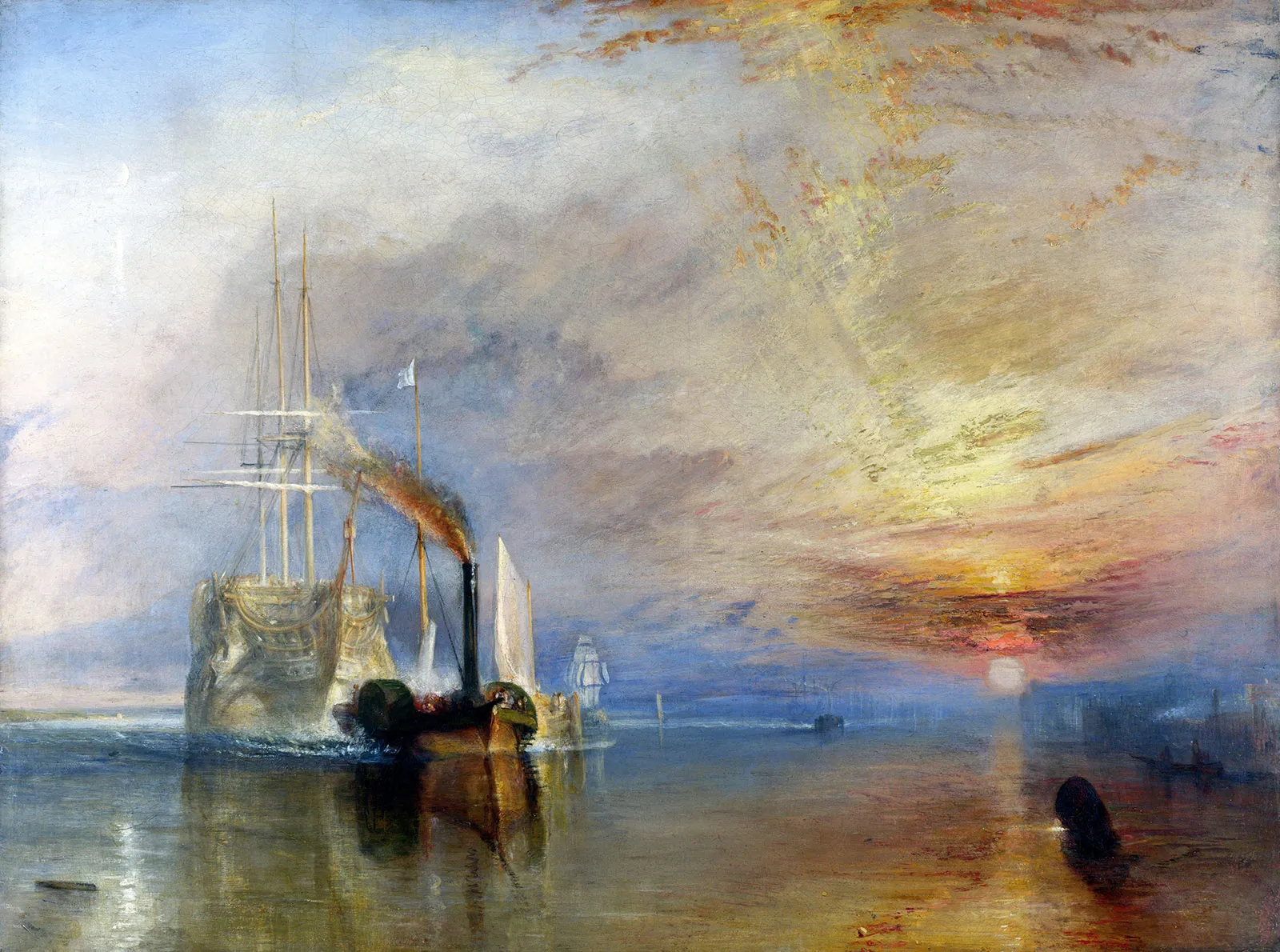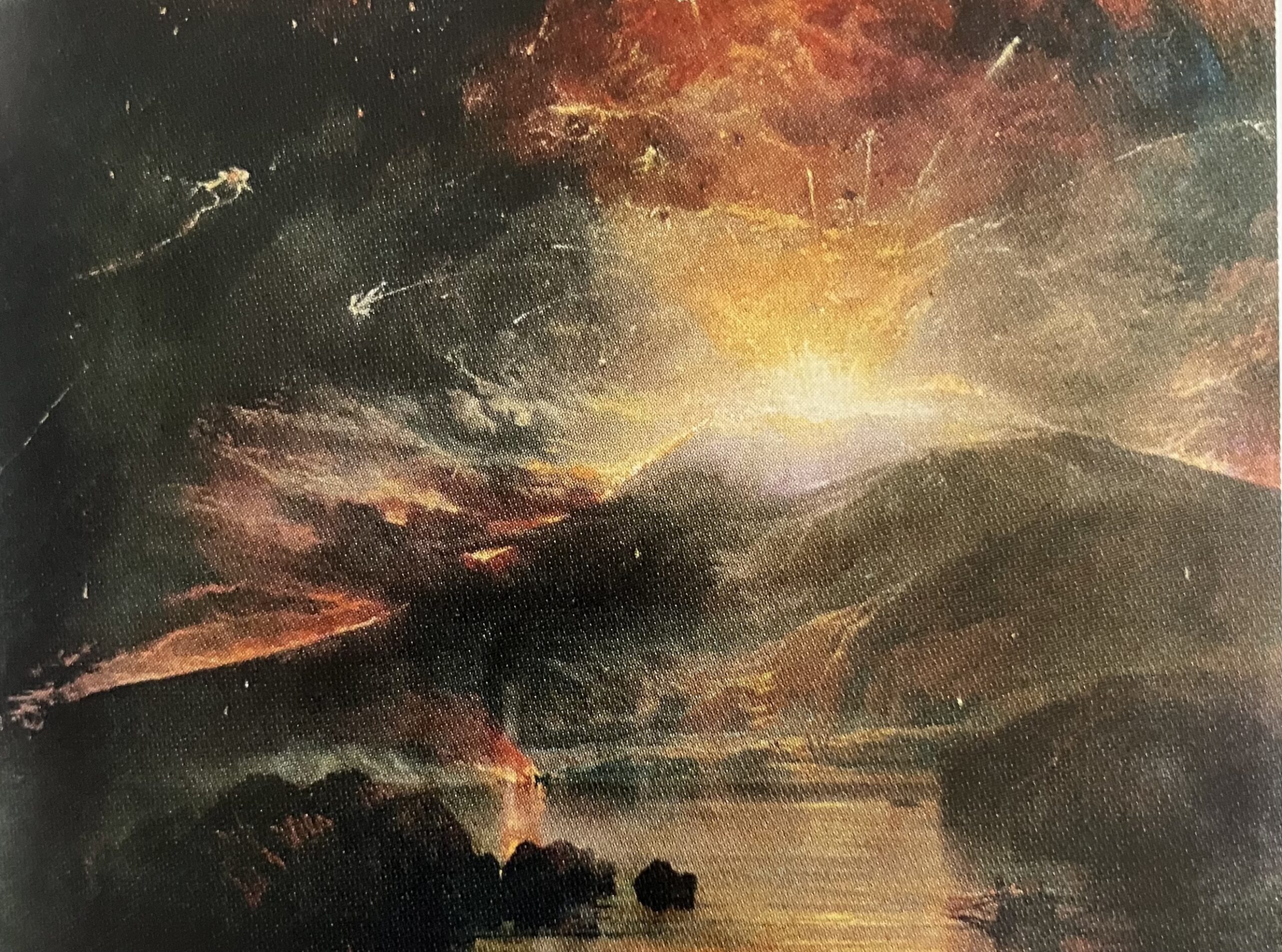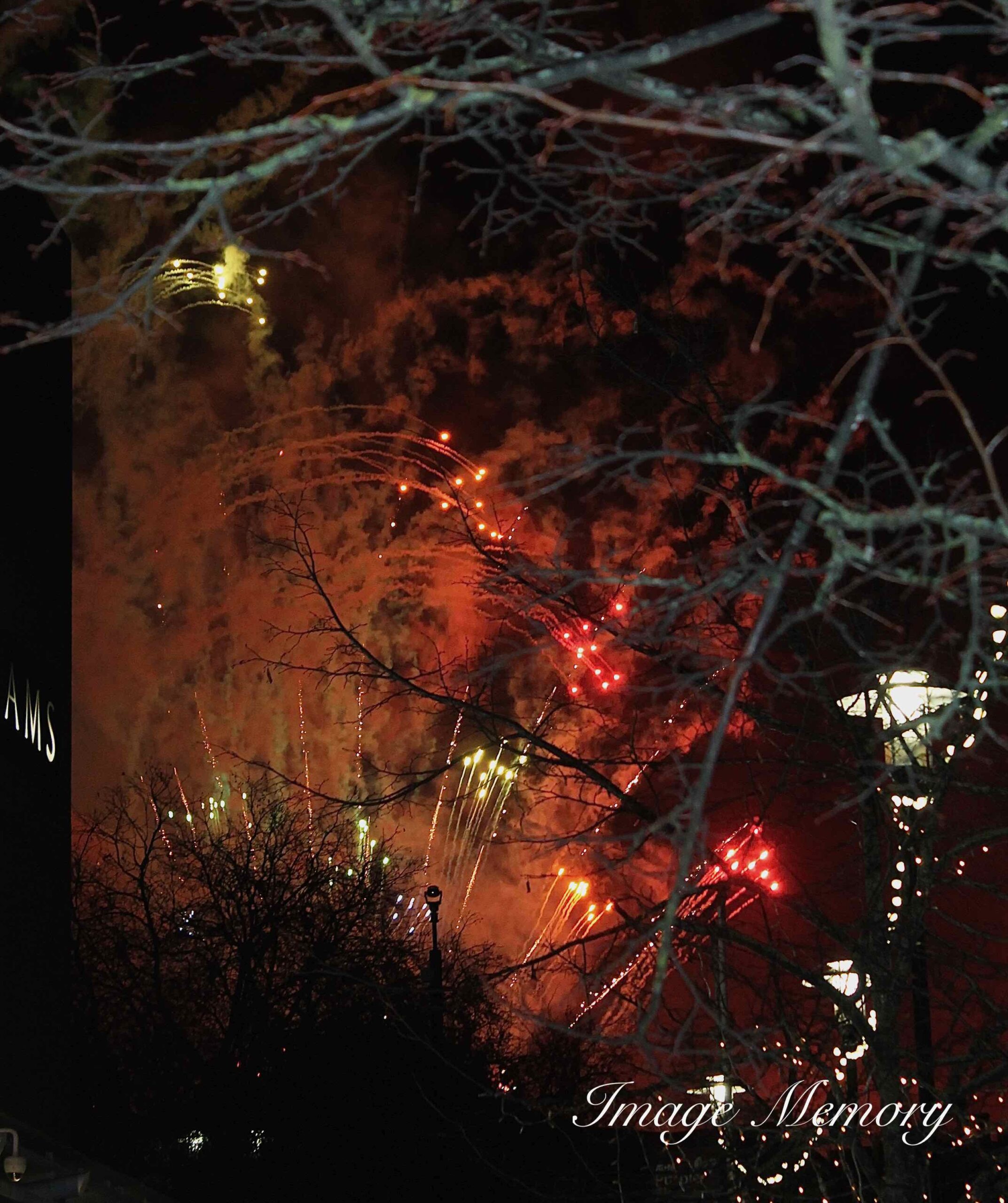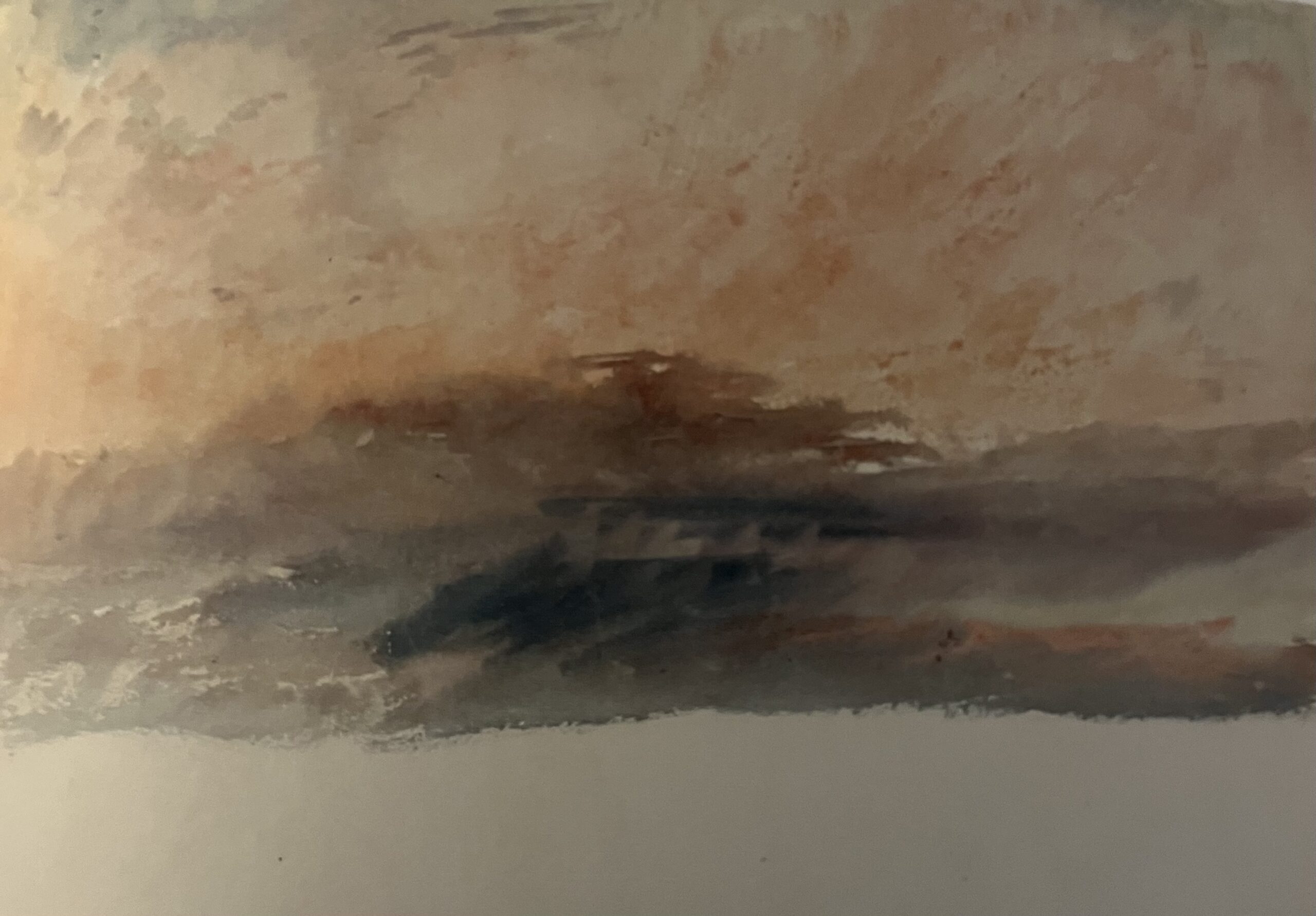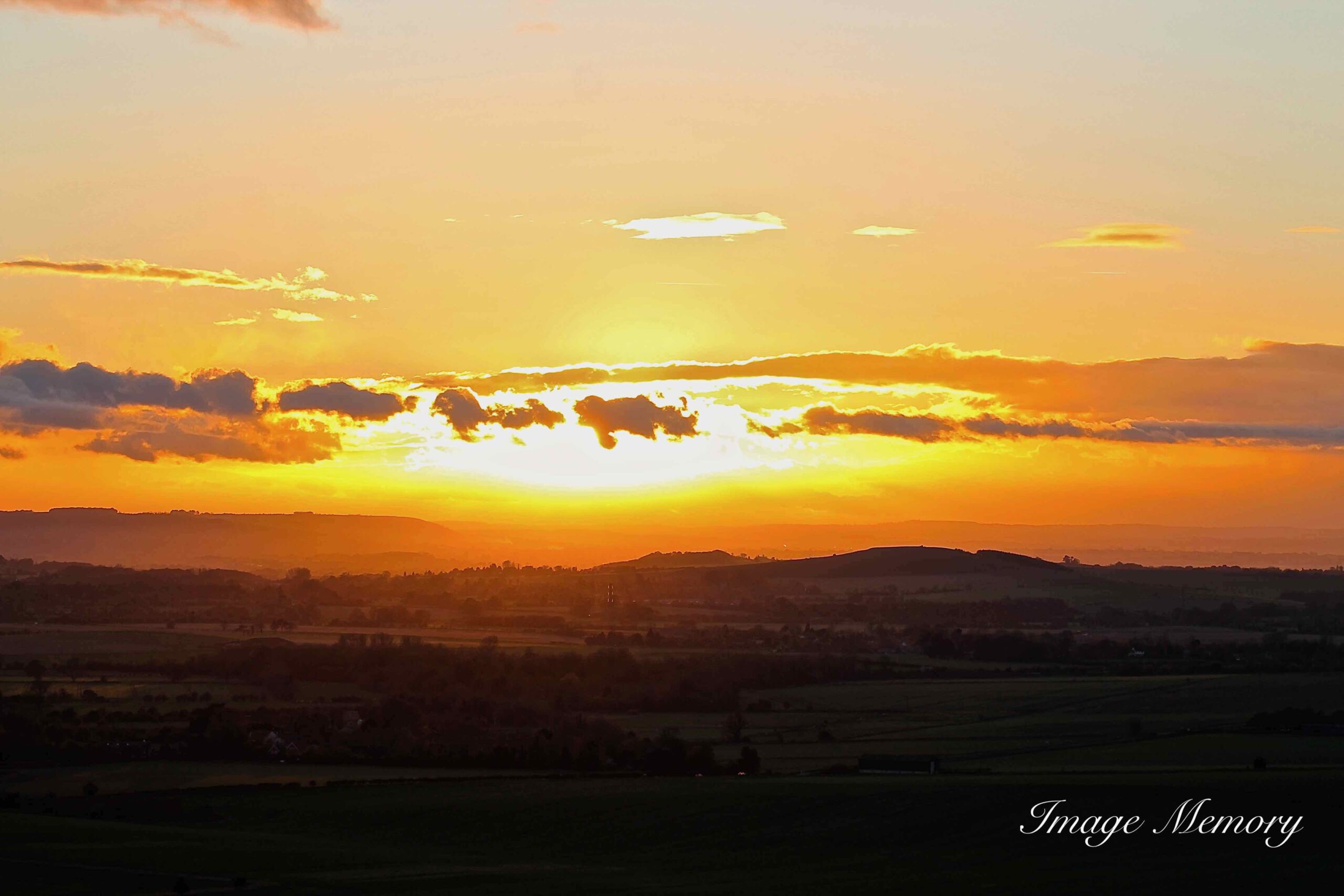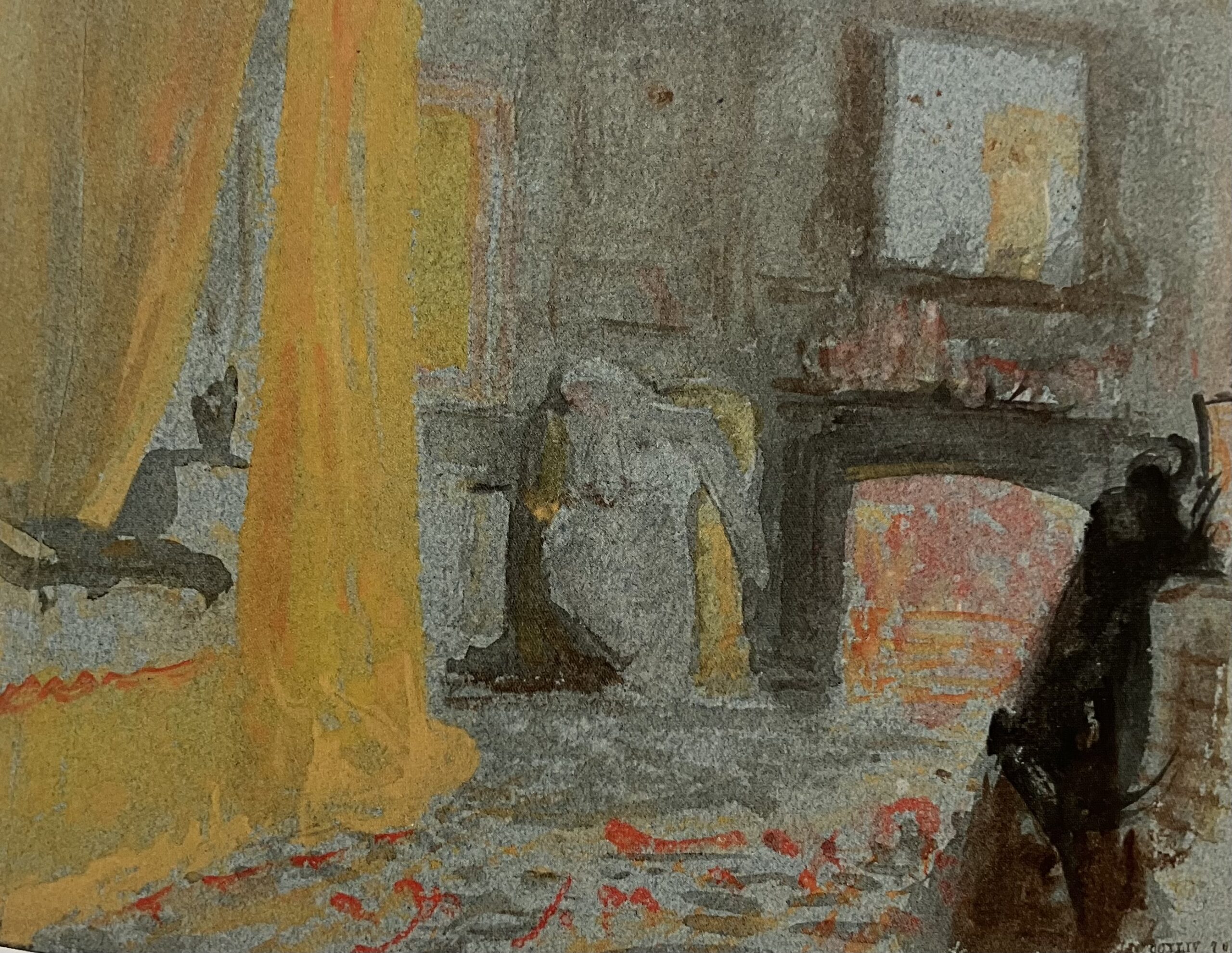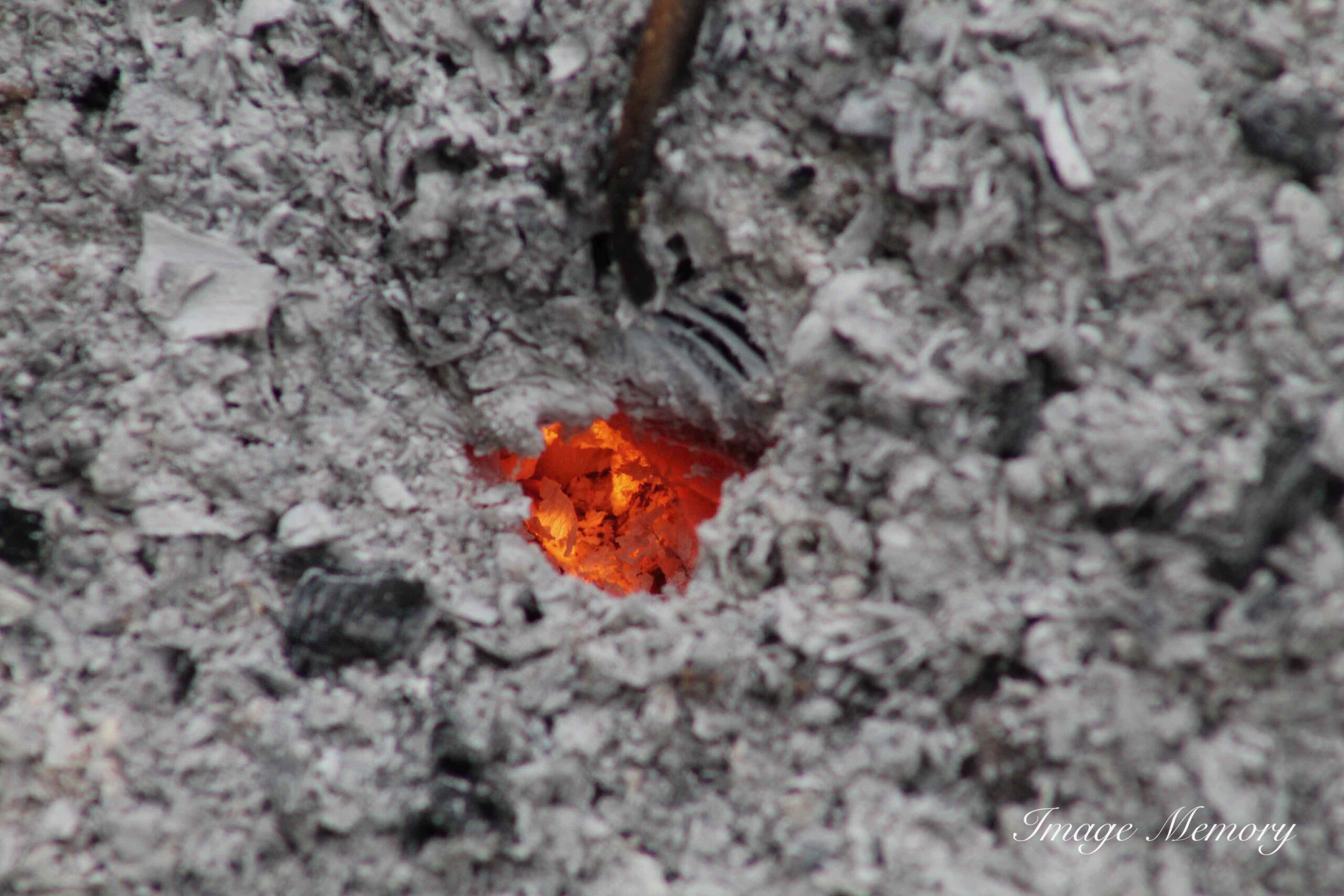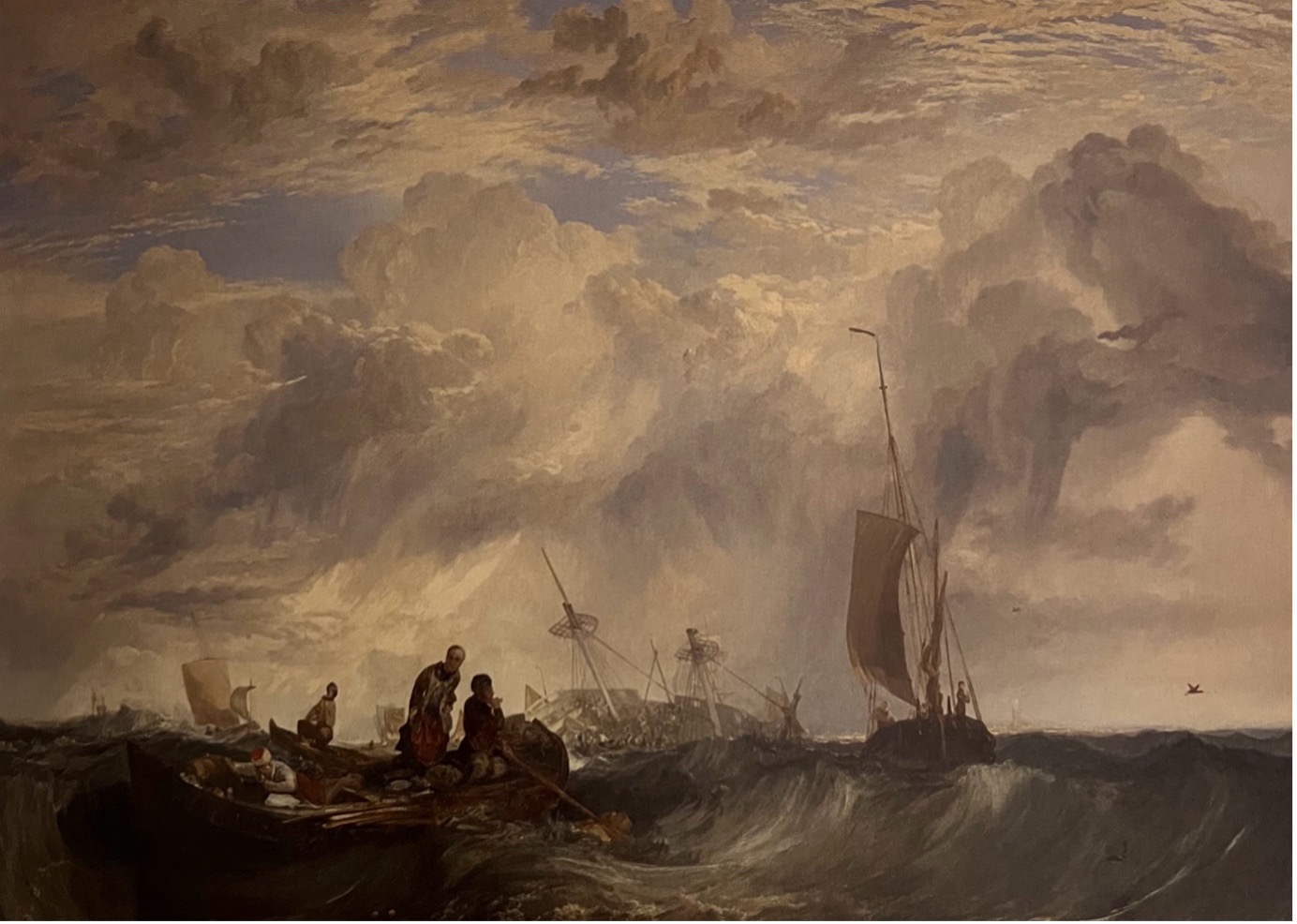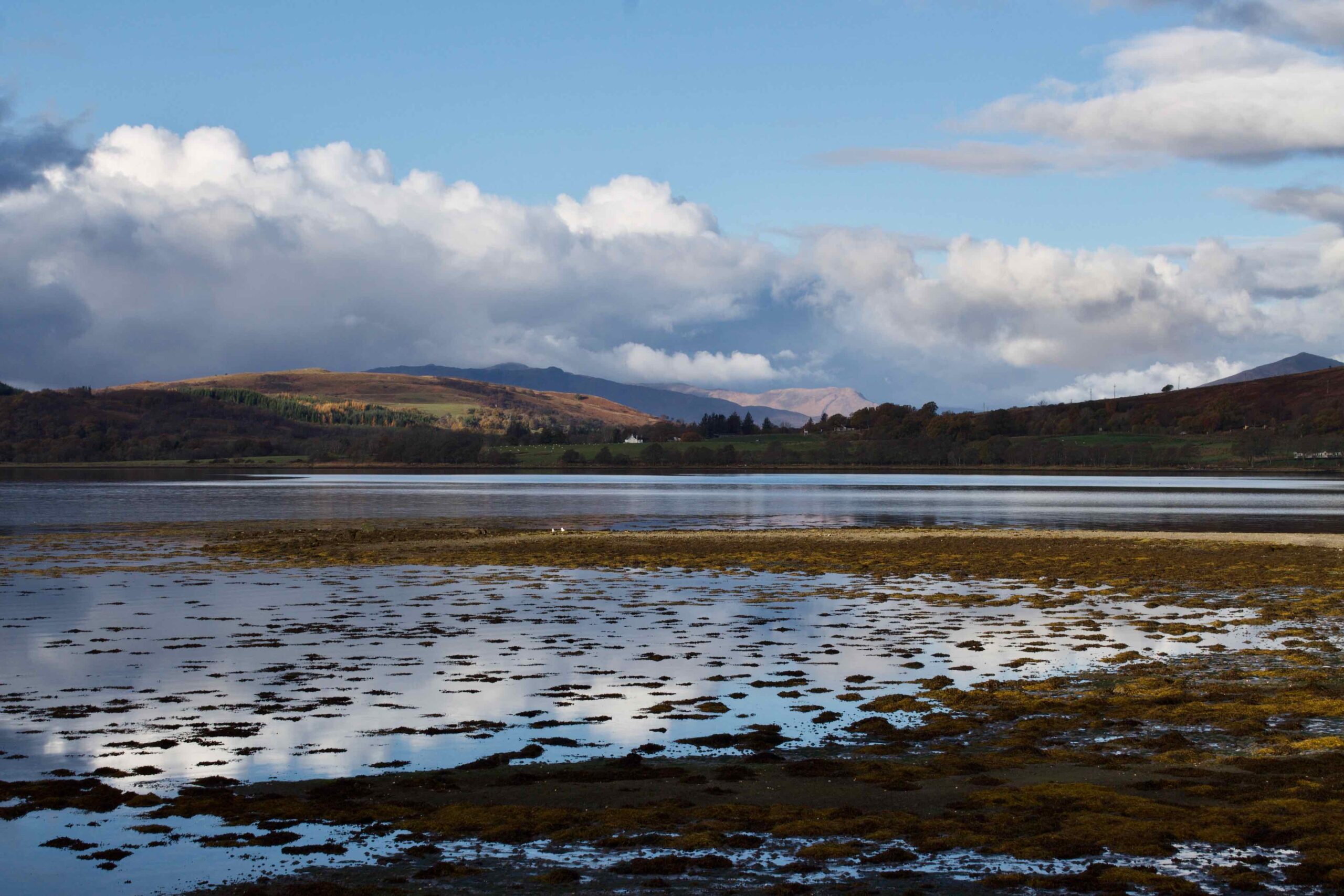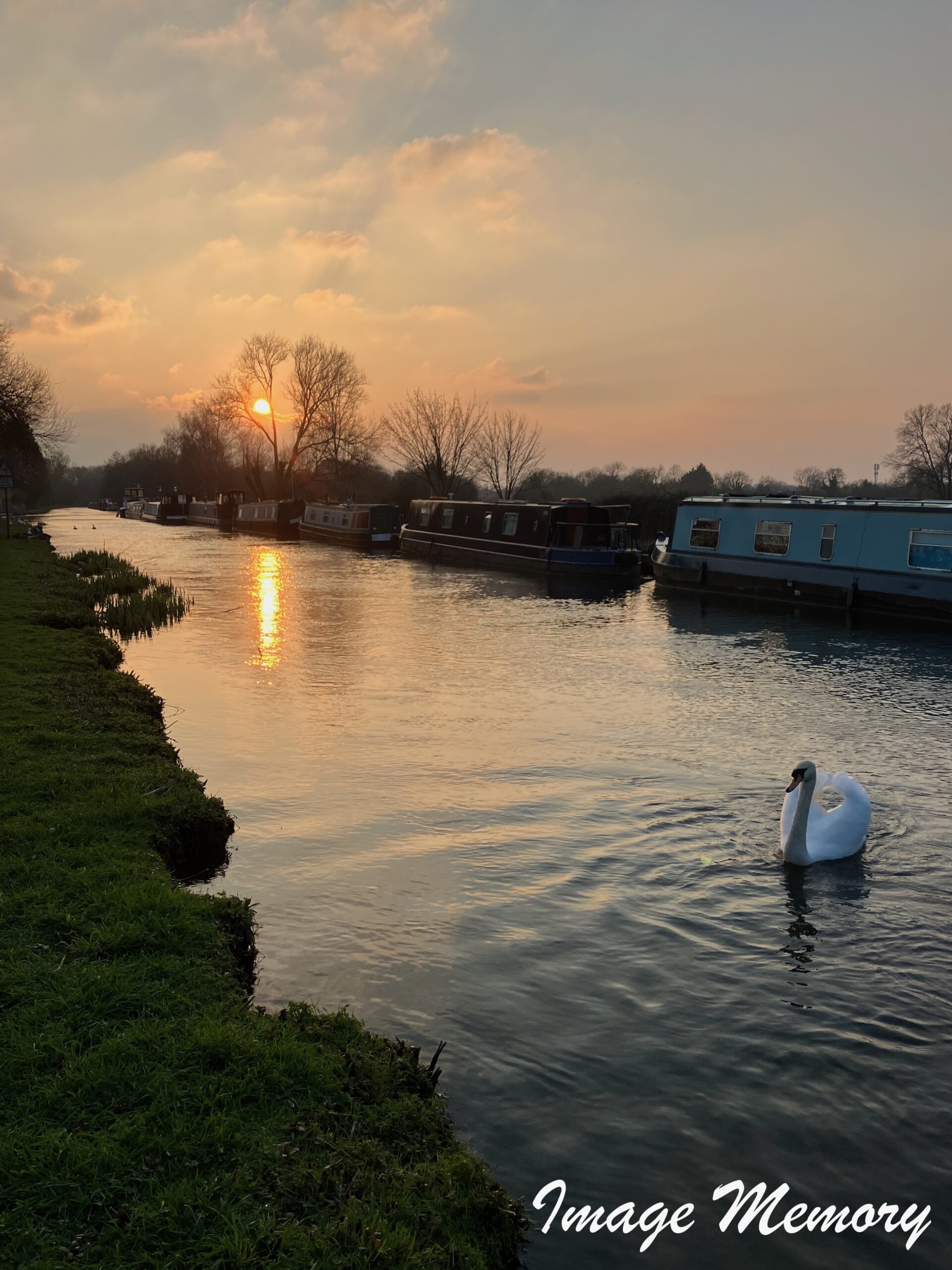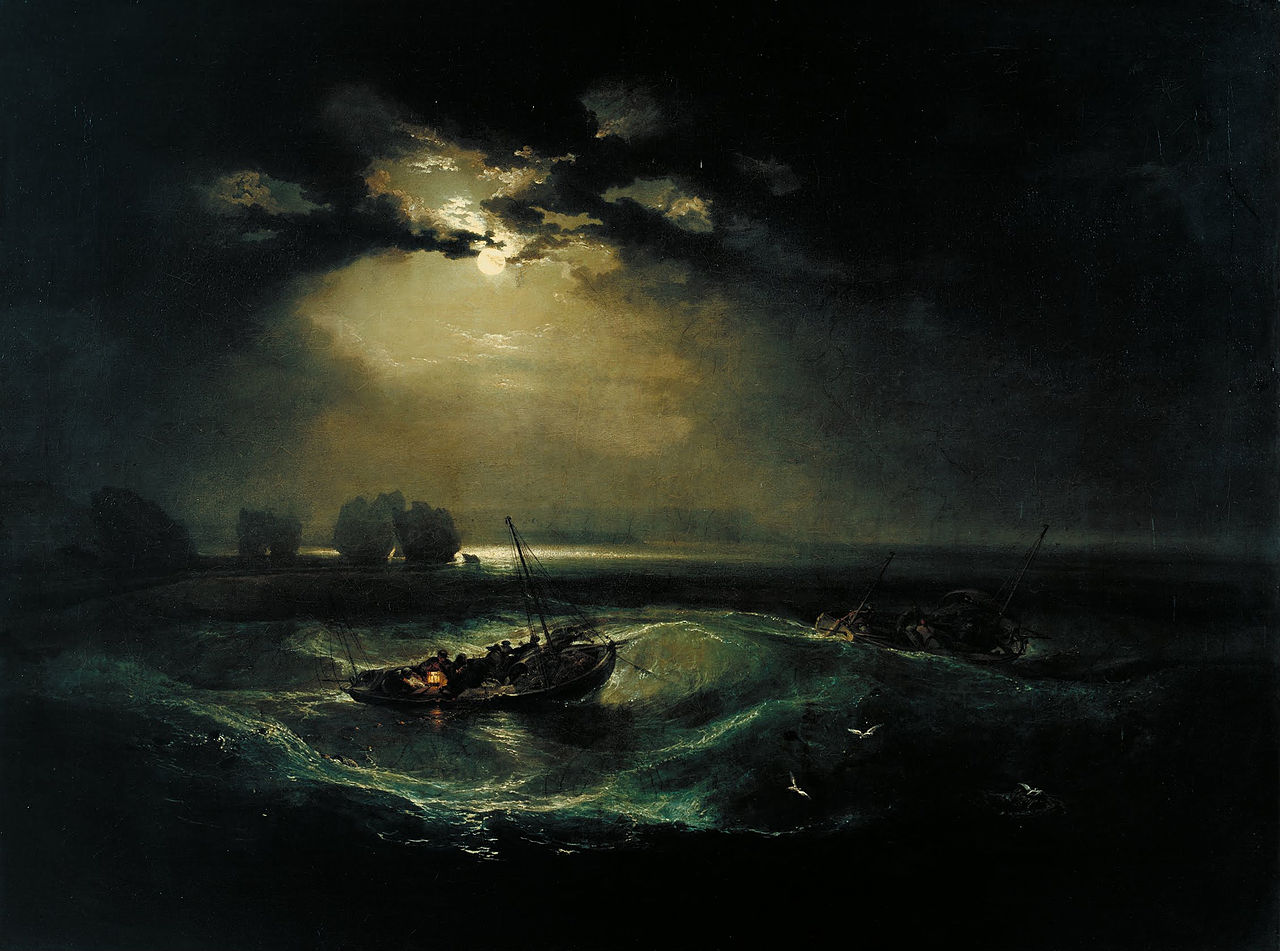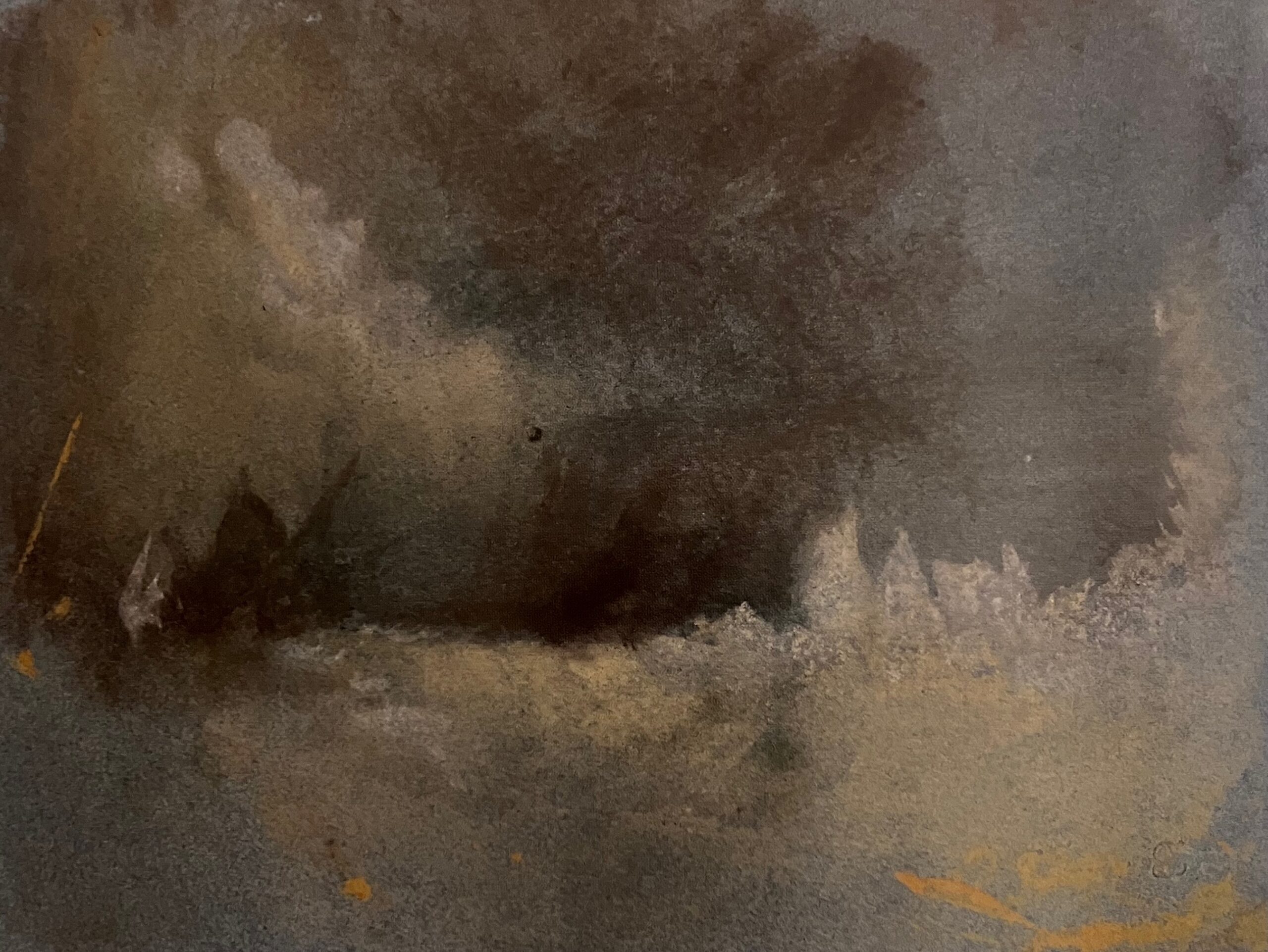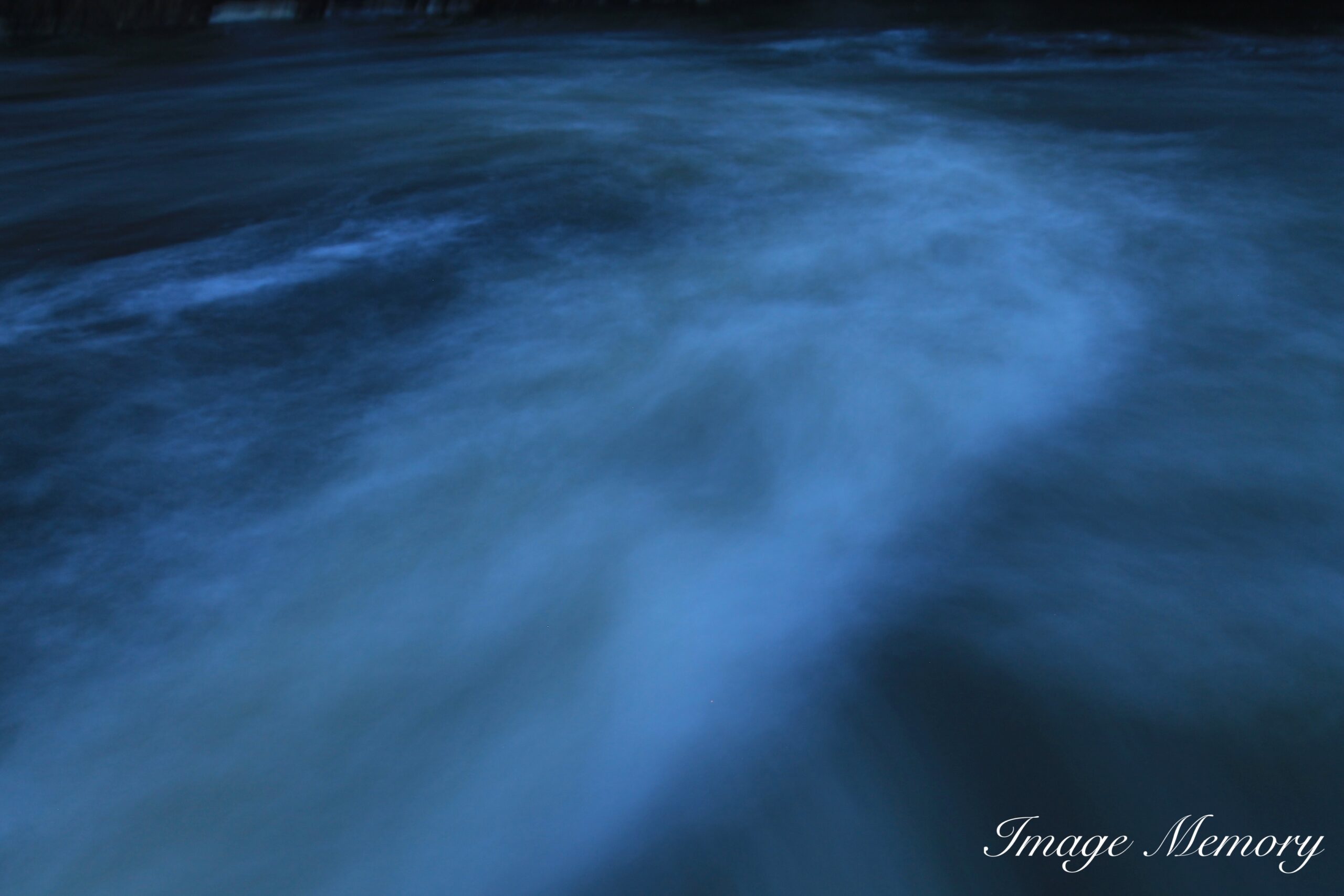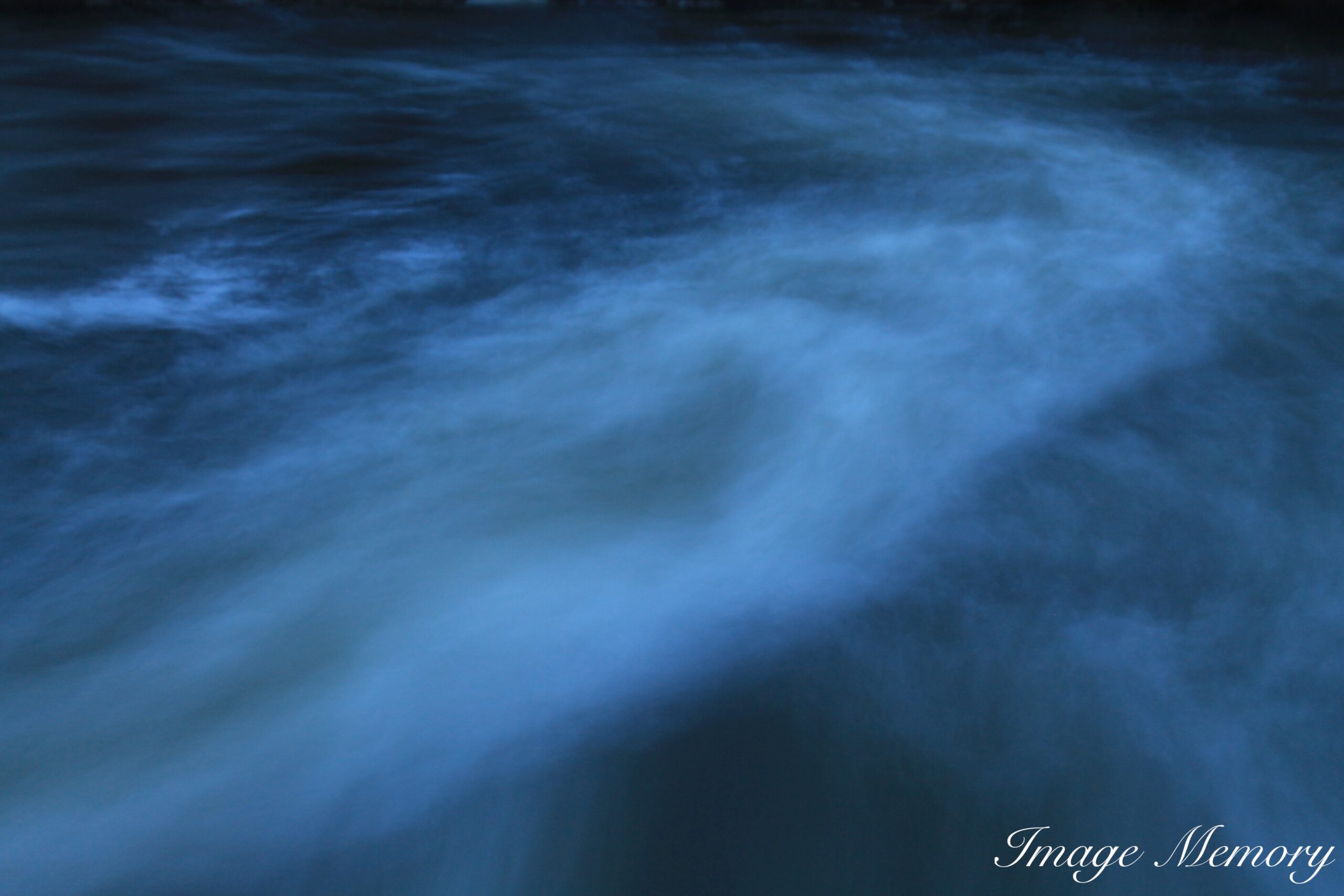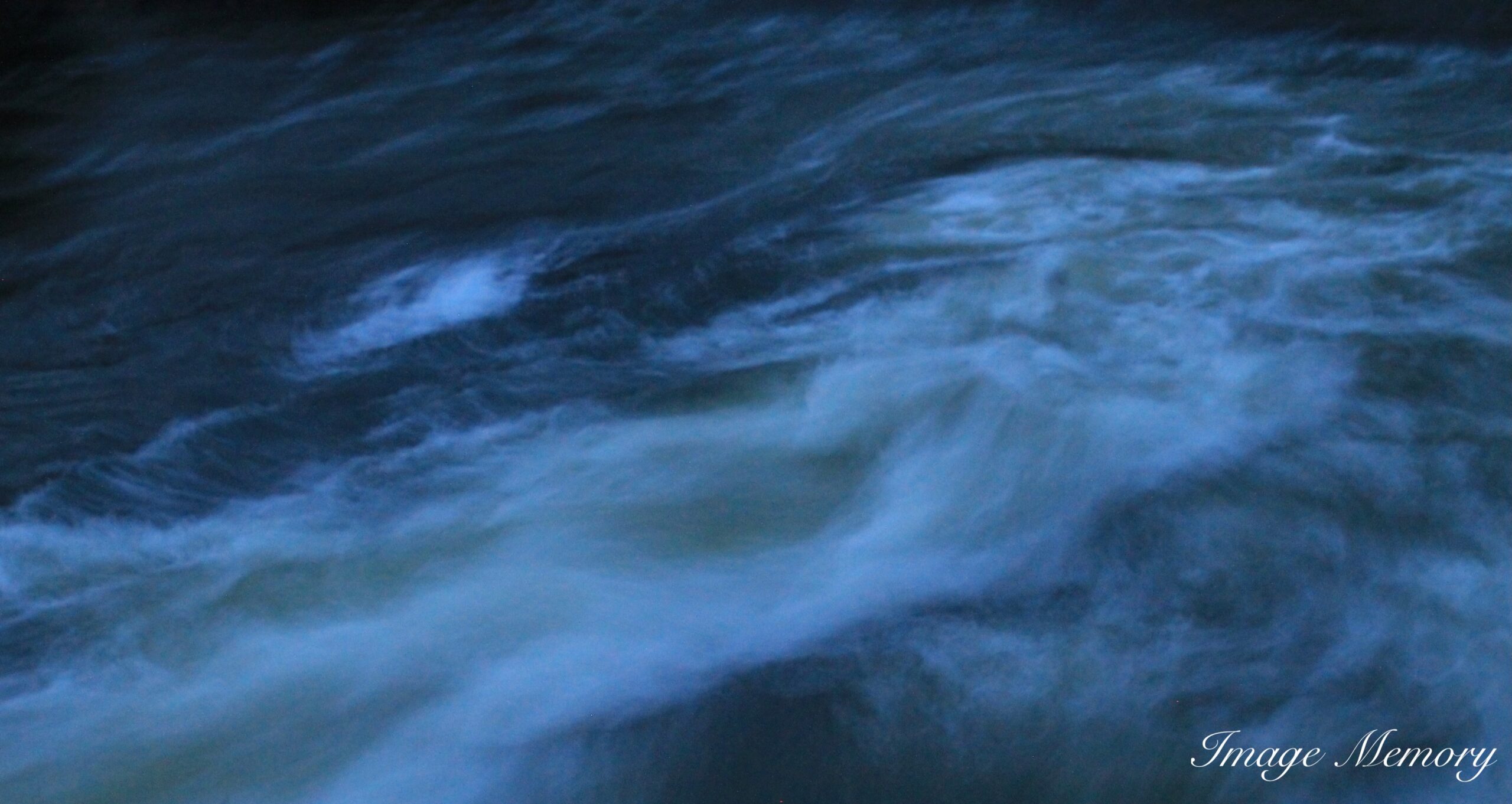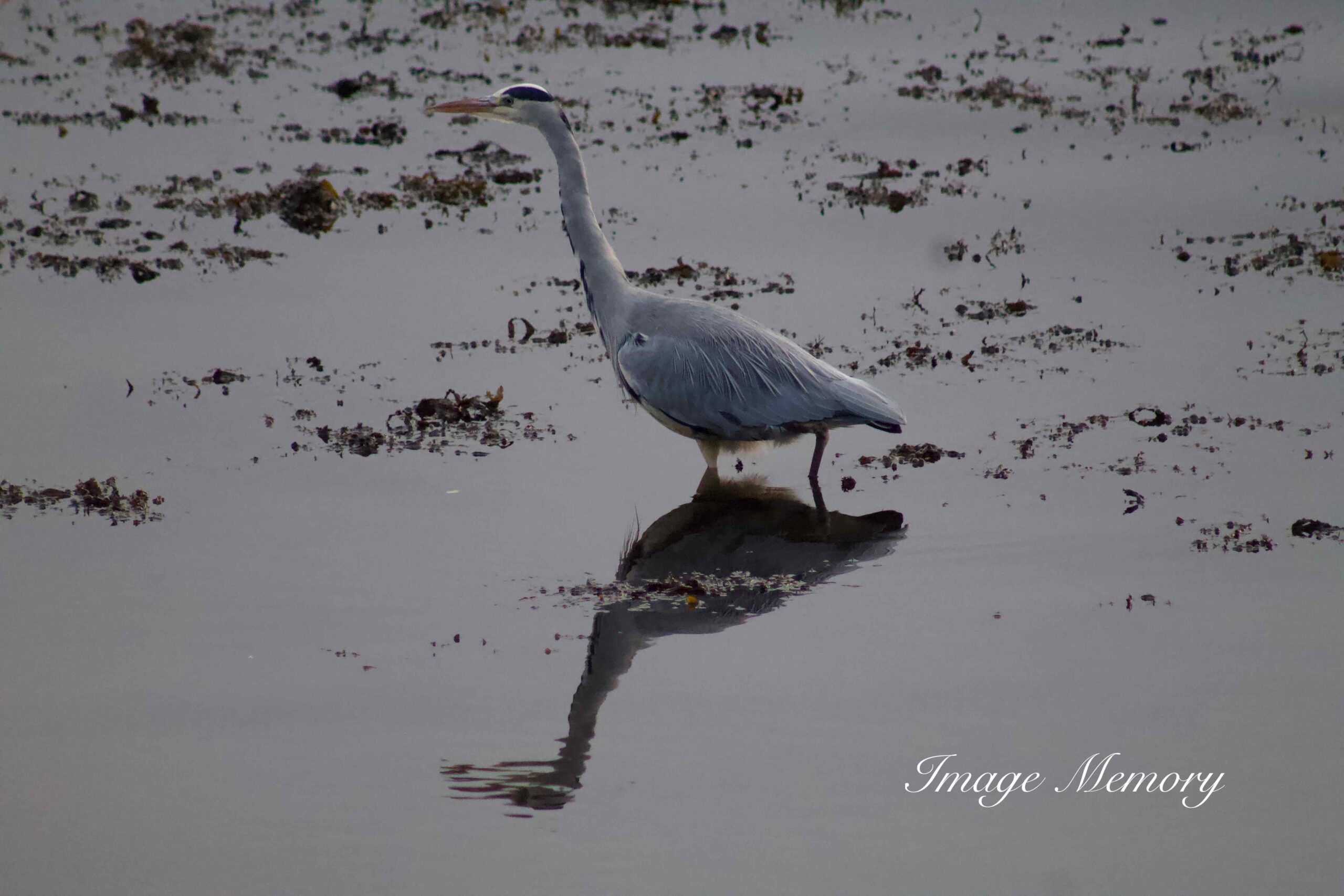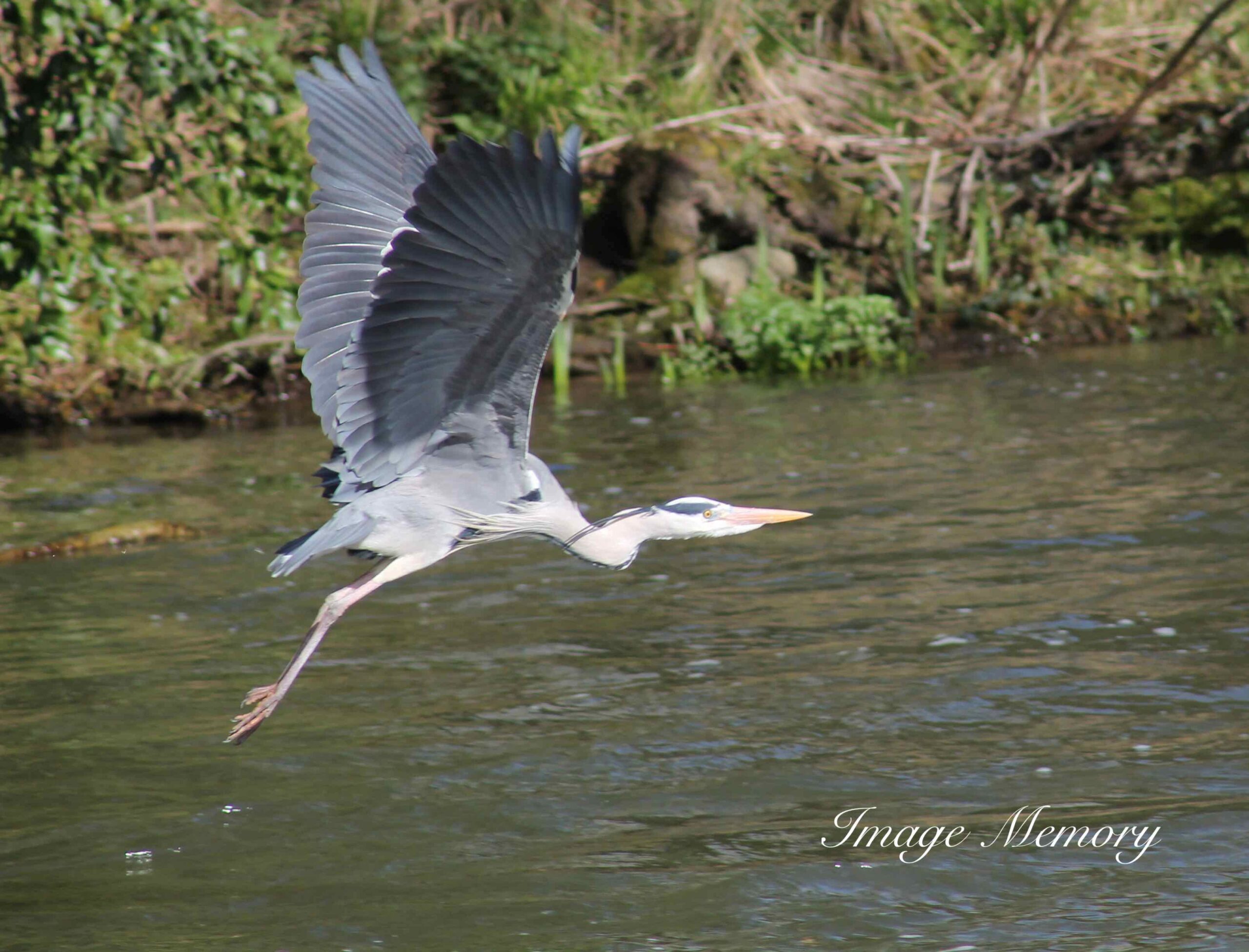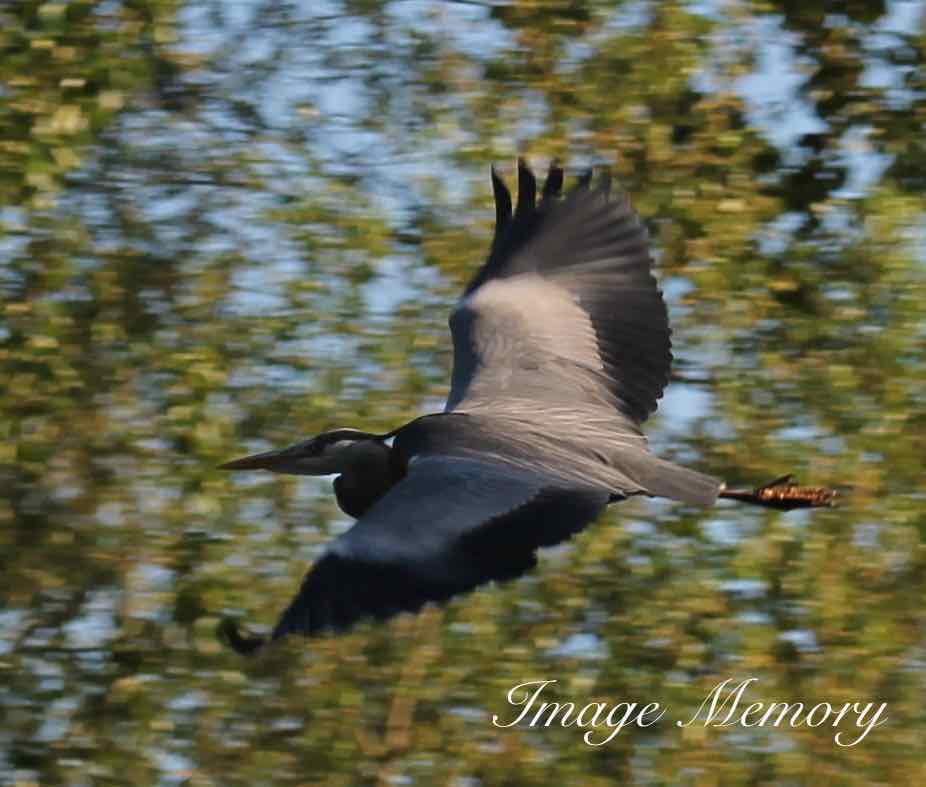
Pink Sky Reflection, The Norfolk Broads, Art Photograph, Hugo Richardson
In the 8th century BC, Homer’s Odyssey references pink as the rosy colour of dawn, “Then, when the child of morning, rosy-fingered dawn appeared…”
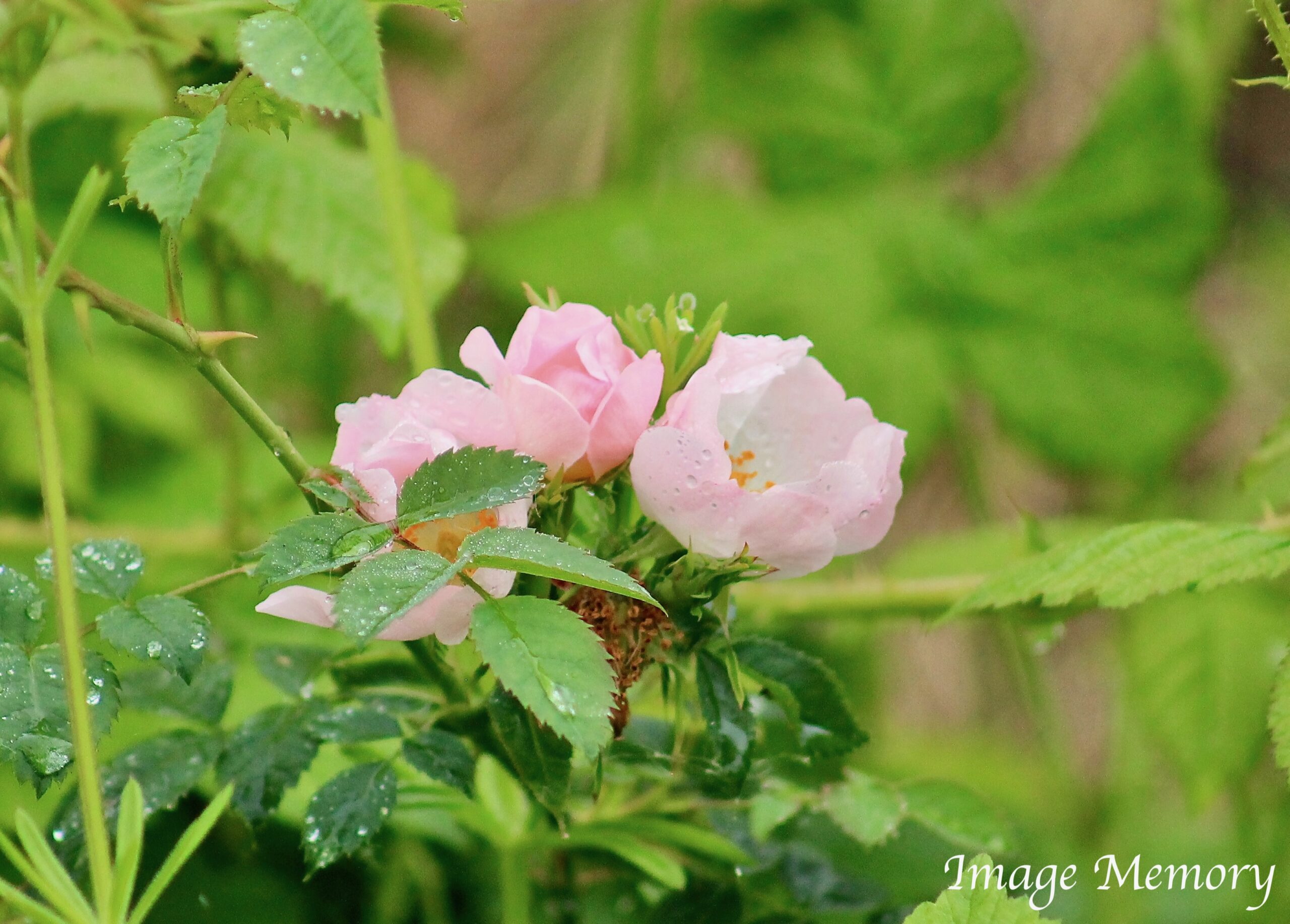
Wild Rose with Rain Drops, Art Photograph, Hugo Richardson
Suffolk Pink, which adorns a considerable number of properties in the region, dates back to the 14th Century. The pink shades were produced by adding elderberries to traditional limewash. There are also references to the addition of sloe berries, blackthorn and even ox blood.
The additions made to the limewash were believed to add an extra layer of protection.
The ‘Suffolk Pink’ colour is highly protected and regulated by local councils and English Heritage. Marco Pierre White once painted The Angel in Lavenham a shade of ‘blancmange’ in 2013 that offended the locals and the council. He was forced to repaint, only after the right shade of pink was agreed with English Heritage.
Biblically, the colour pink refers to the right relationship with God. The colour pink is believed to represent the ‘Love of God’. This is because the colour red is Jesus’ blood and white is purity.
Pink was used in art, on occasions, for Jesus, due to the association with the womb and innocence.
Light red has been replaced with the colour word, pink. Pink can be produced mixing alum and chrome mordant with brazilwood dye and plants like madder roots of the plant Rubia tinctorum.
Mixed with white, pink can also be made using red from the cochineal insect. Cochineal was cultivated commercially in Poland, Prussia, Saxony, Lithuania and the Ukraine in the 18th century.
The cochineal harvest started on the fifth hour (between eleven o’clock and noon) of St John the Baptist’s feast day on the 24th June, accompanied by religious ceremonies. Some stories are hidden deep in language, in words we use daily, but the origins of which have been long forgotten.
Polish cochineal is also known as Polish lac and the cochineal insect is known in Polish as Czerw. The female of the cochineal, in the late larva state, was collected and boiled in water with vinegar. They were then dried in the sun, or in ovens and ground with bread acid to produce a dye.
But as many as 155 thousand insects were required for 1kg of dye, pushing red textile prices through the roof. Polish noblemen, monarchs and high clergy were the only people that could afford cloth dyed with cochineal, also known as Saint John’s blood.
The first flags and banners of the Kingdom of Poland show a white-crowned eagle on a red background, and the white and red flag represents Poland to this day.
From the 16th Century, Polish cochineal was predominantly replaced by cochineals from the New World.
Pink symbolises friendship, beauty, faithfulness, compassion, romance, love and sensitivity.
Pink roses, for example, symbolise love between family members, admiration and happiness.
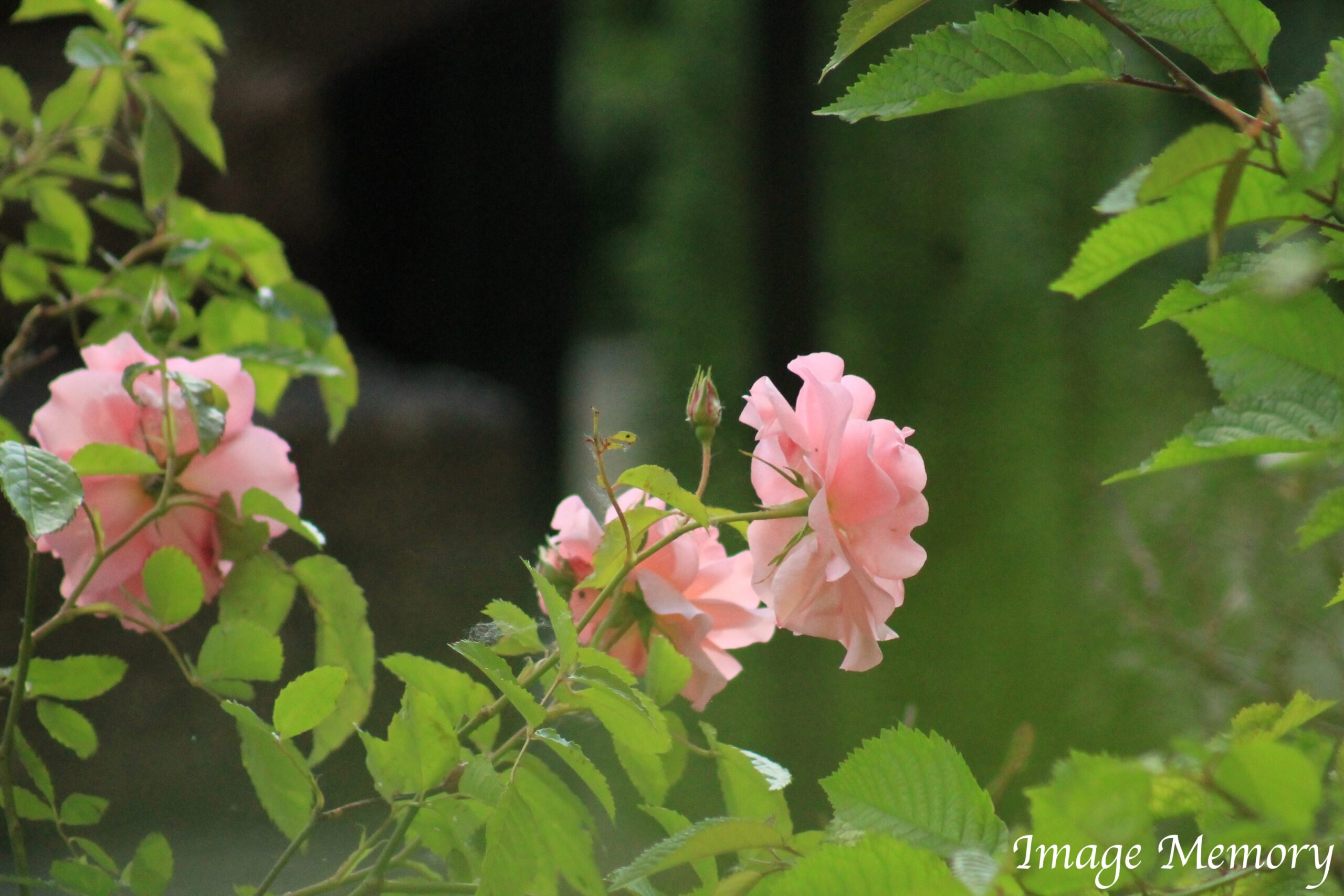
Pink Roses, Art Photograph, Hugo Richardson
In Japan, the colour pink has a masculine association. The Sakura pink cherry trees that blossom in spring represent young warriors (Samurai) who fell in battle in the prime of their life.
Pink is a sign of trust in Korea and in Latin America, it’s symbolic to architecture. Jaipur City in India is a tourist attraction. It has forts, palaces, temples and bazaars which are predominantly pink. The geography is often called ‘The Pink City’.
Cloud can be seen as very pink at different times of the day. Sunlight scattered by the cloud toward our eyes is also scattered by air molecules. Shorter wavelength green and blue colours are scattered out of the direct line of sight more than red. Air preferentially scatters blue light towards us, called ‘airlight’.
It is responsible for the blue sky and partly for the blue colour of distant mountains (hence the Blue Mountains in Australia). Airlight is polarised and so the intensity depends on the setting of the camera polarising filter. The reddened light and blue light together produce the pink.
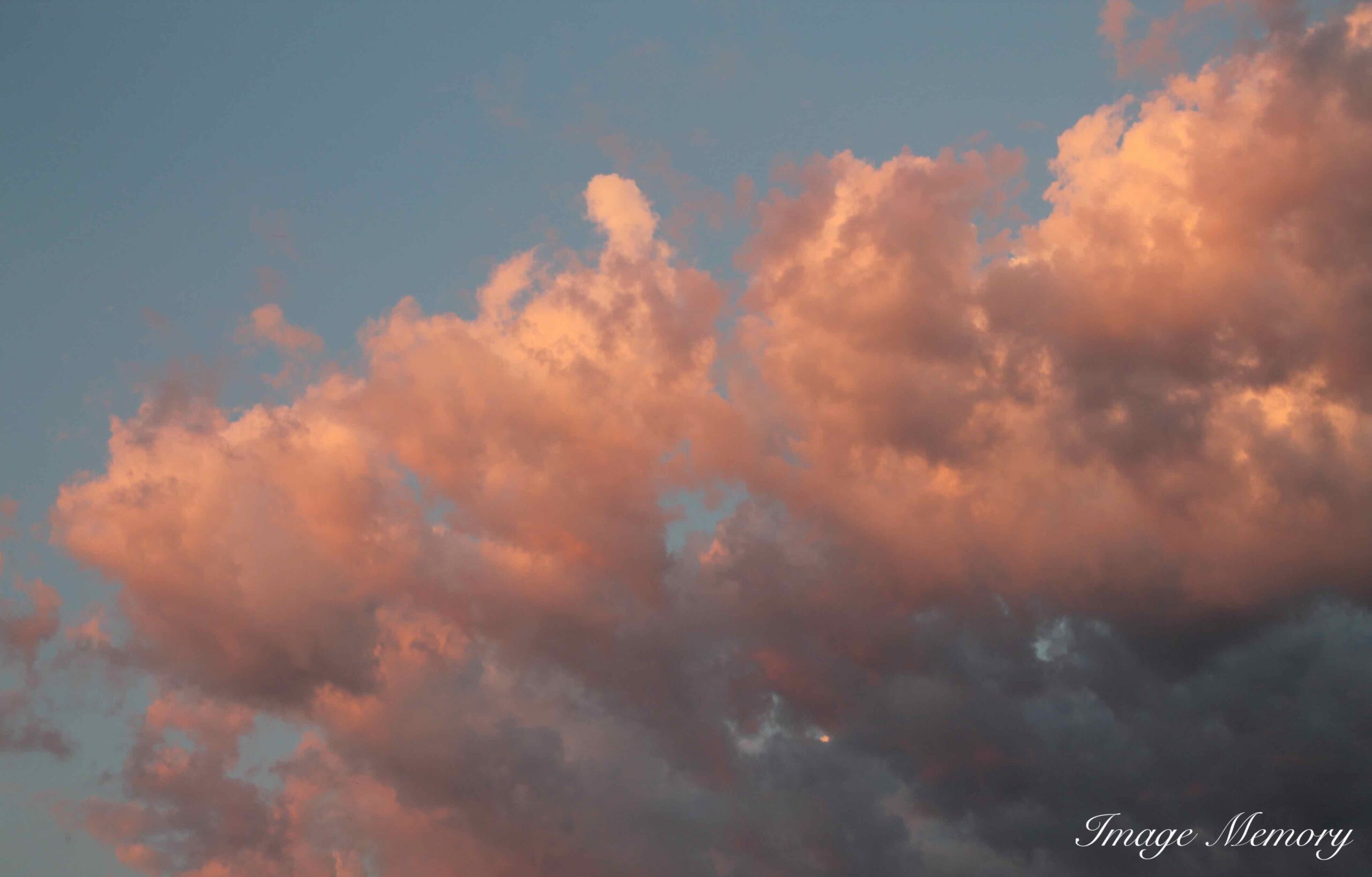
Pink Clouds, Art Photograph, Hugo Richardson
Traditionally, pieces of the British Empire were coloured pink on maps.
This was a bit of a compromise because red was really the colour associated with the Empire. But if the colonies, protectorates and mandates were also printed in red on a world globe, it was challenging to read the place names within them.
In the West, Pink first became fashionable when European aristocrats, both men and women, wore a faint pink powdery variance as a symbol of luxury and class.
In the natural world, one of the most dramatic colours of pink can be found on the flamingo. Their colour is as a result of the food that they eat which is mainly algae and brine shrimp. The body of the flamingo metabolises the pigments which turn its feathers pink.
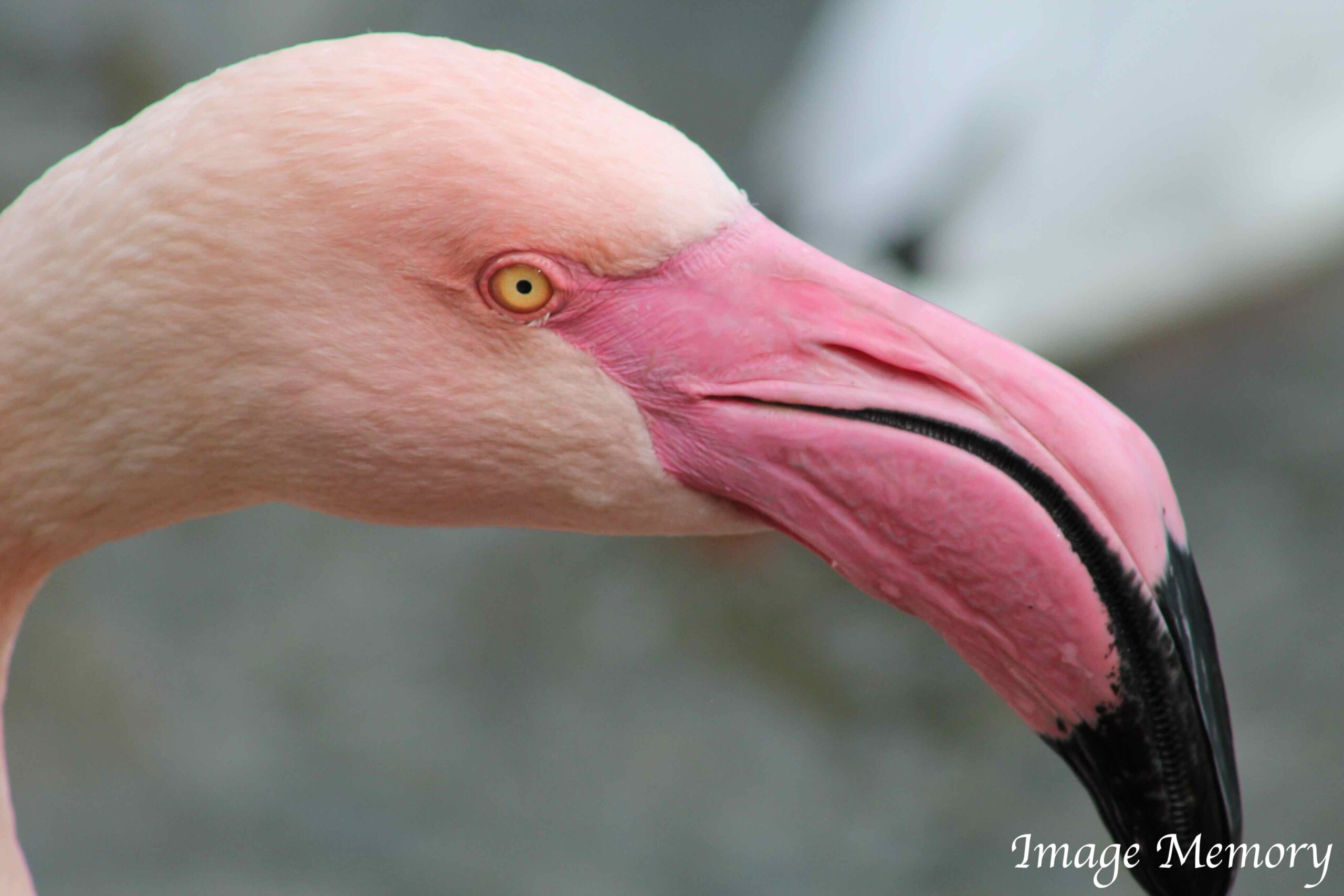
Flamingo, Art Image, Hugo Richardson
In 1979 in the US, penitentiaries were painted pink as an experiment to reduce violence. This type of pink is called ‘Baker-Miller’. The reason being that the experiment on the first correctional institution was directed by Baker and Miller.
The early research was found to be flawed. While pink’s calming effect has been demonstrated, researchers of colour psychology have found the effect only occurs during the initial exposure to the colour. When used in prison, the inmates often become even more agitated once they become accustomed to the colour.
In the Western world, we think of pink as being feminine. Barbie and pink is for girls and blue is for boys…
However, surprisingly, this was not always the case. Up till the 20th Century, pink was considered a masculine colour, whilst blue was thought of as feminine.
Blue was reminiscent of the Virgin Mary and femininity. Marketing changed this from the 1940s. Retailers realised that sales could be increased by targeting genders with different colours.
Pink provided a way for retailers to appeal to young girls without them having clothing too close to their male counterparts. In the 1950s, products ranging from toys to toothbrushes were marketed towards specific genders, based upon colour associations.
A very interesting marketing phenomenon has been the massive increase in the consumption of rose wine. There are a number of reasons for this, some of which include the colour.
The ‘salmon’ shade of rose wine is generally the leader globally. However, an apricot shade of rose wine is preferred by consumers in the Bordeaux region.
Global consumption of rose wine has increased by 30% in 15 years. In 2013 alone, the United States consumed 279.4 million litres (nearly 74 million gallons) of pink wine.
The increase of rose consumption appears to be based upon the attractivity of its colour. Rose is very popular with the millennial generation. The pink is perfect for Instagram posts and influencers like Angelina Jolie and Brad Pitt, who own the award-winning producing Chateau Miraval has also helped.
Here are all the reasons, following some research on the web:
- Rose production quality has increased
- Rose has a lower propensity for producing a hangover compared to other wines
- More and more women are looking for lightness and freshness
- Rose is being promoted by celebrities
- It looks good on social media
- There is a wide range of sweet to dry options
Please feel free to communicate with me about the ‘blogs’ we publish.
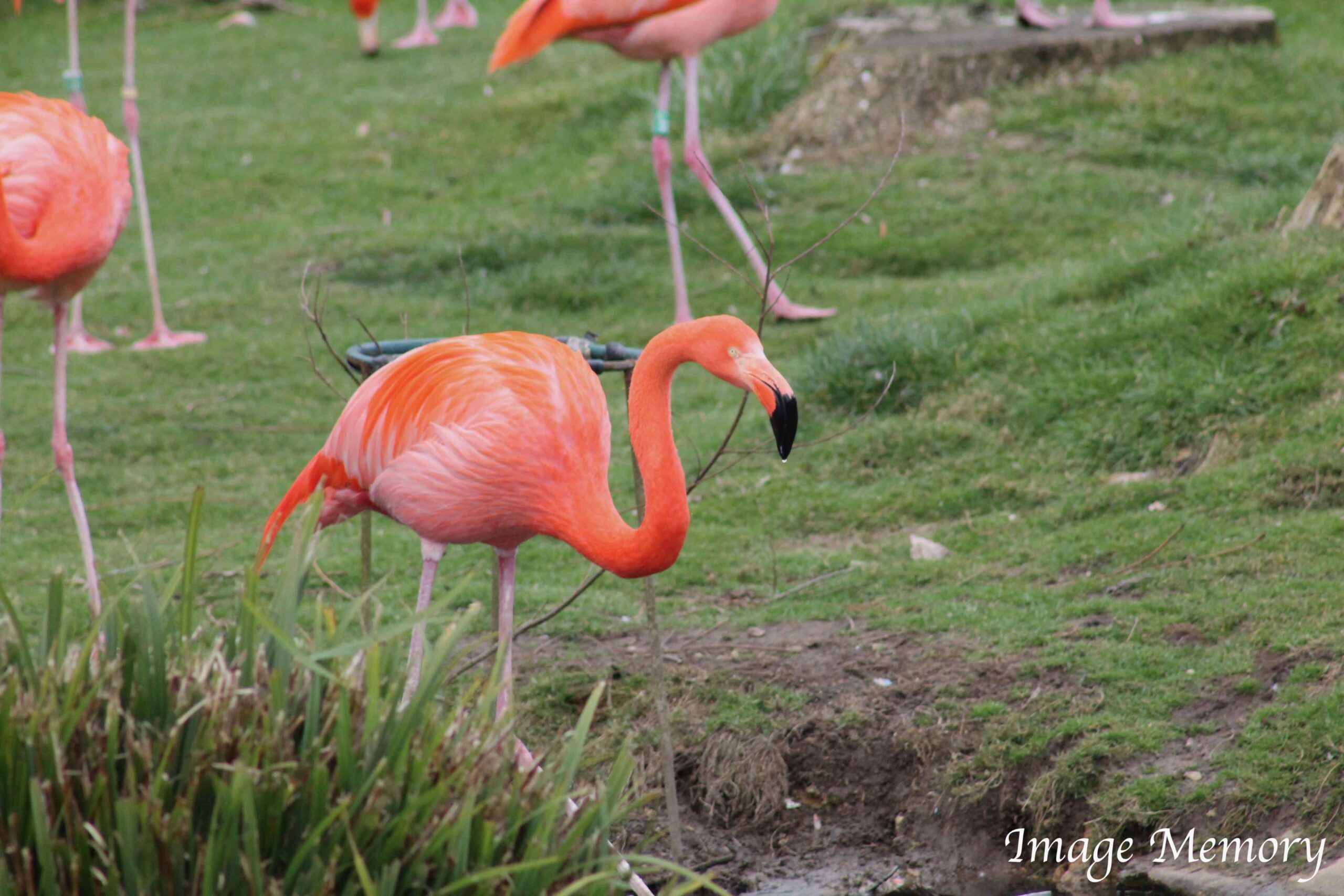
Flamingos, Art Image, Hugo Richardson
Email: hugo.richardson@image-memory.com
Tel.: 07476 343 777
